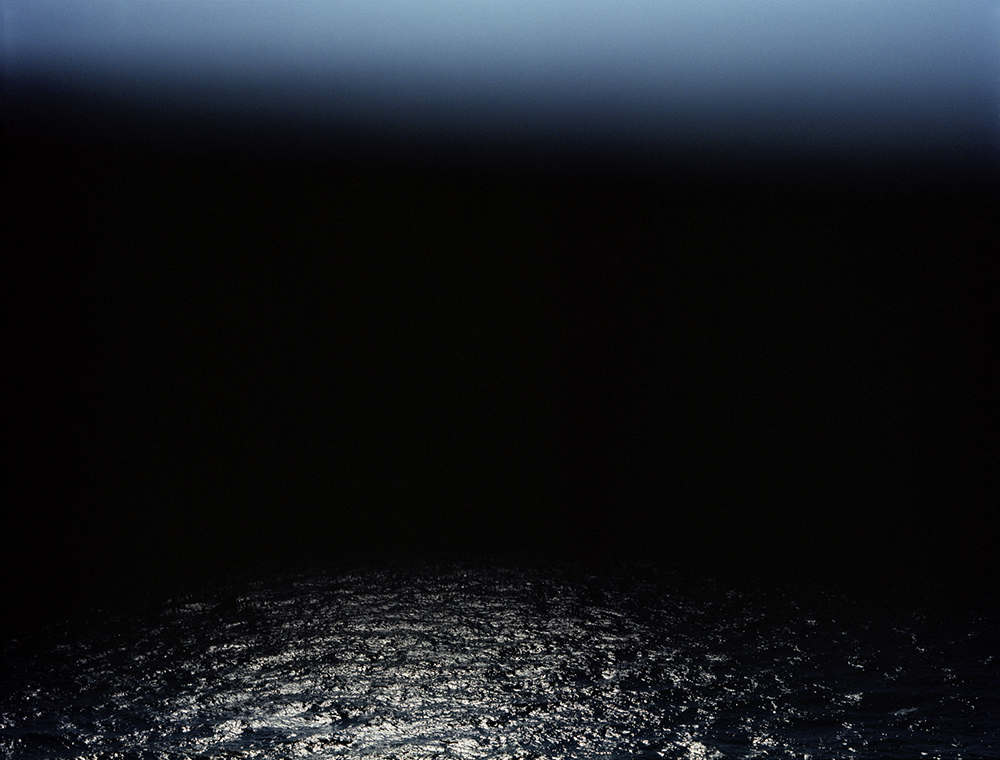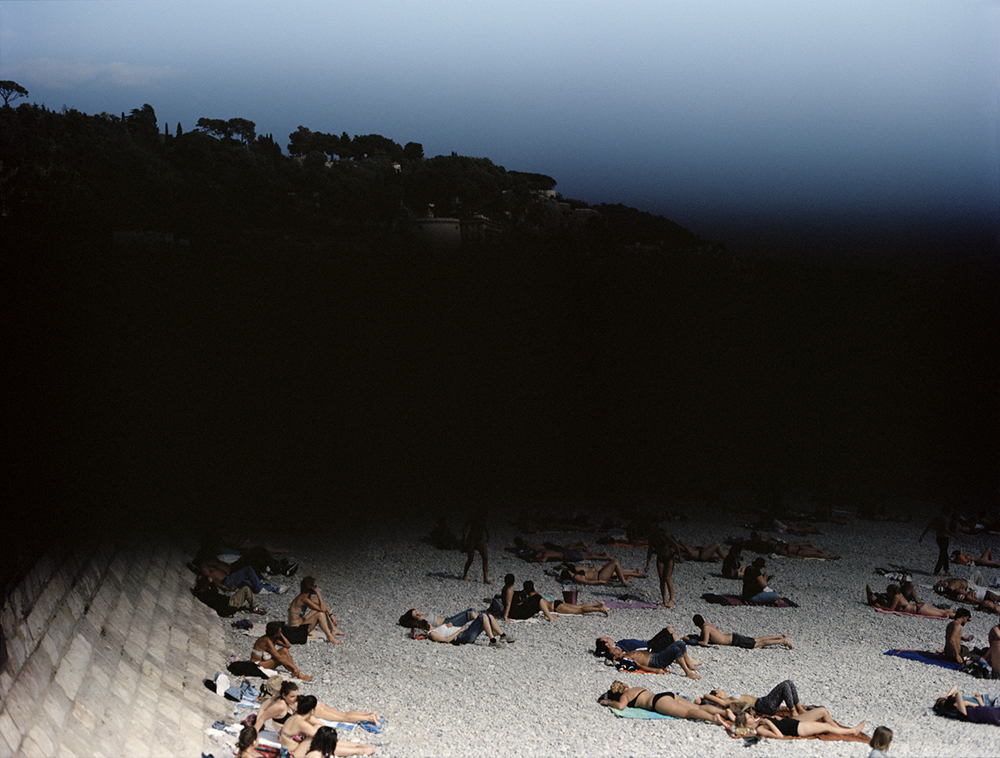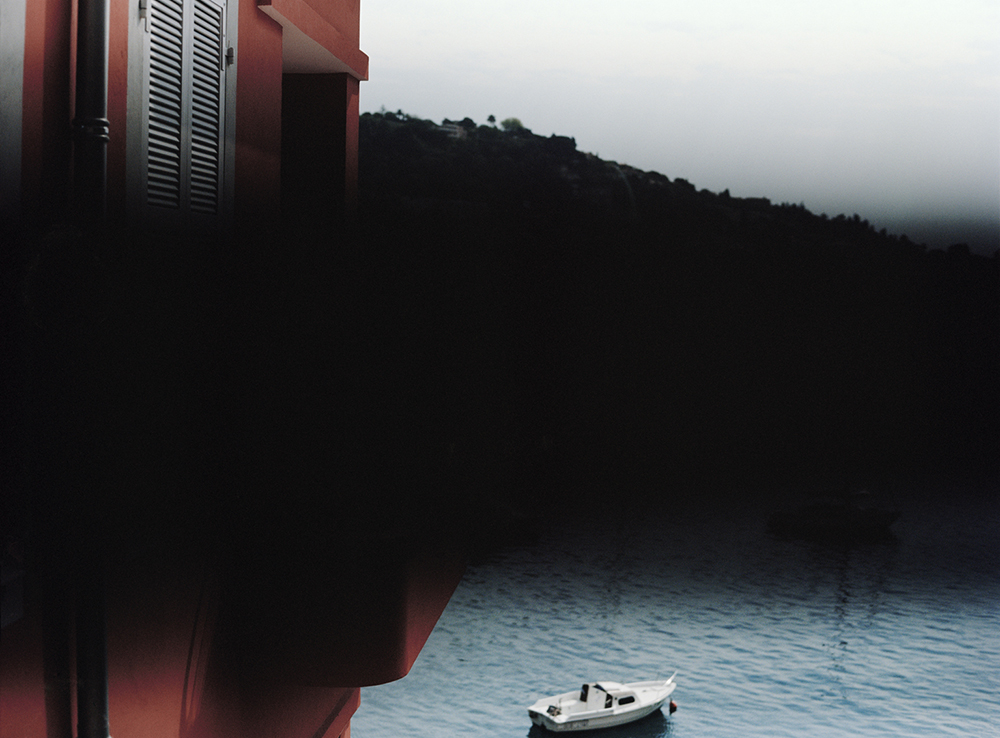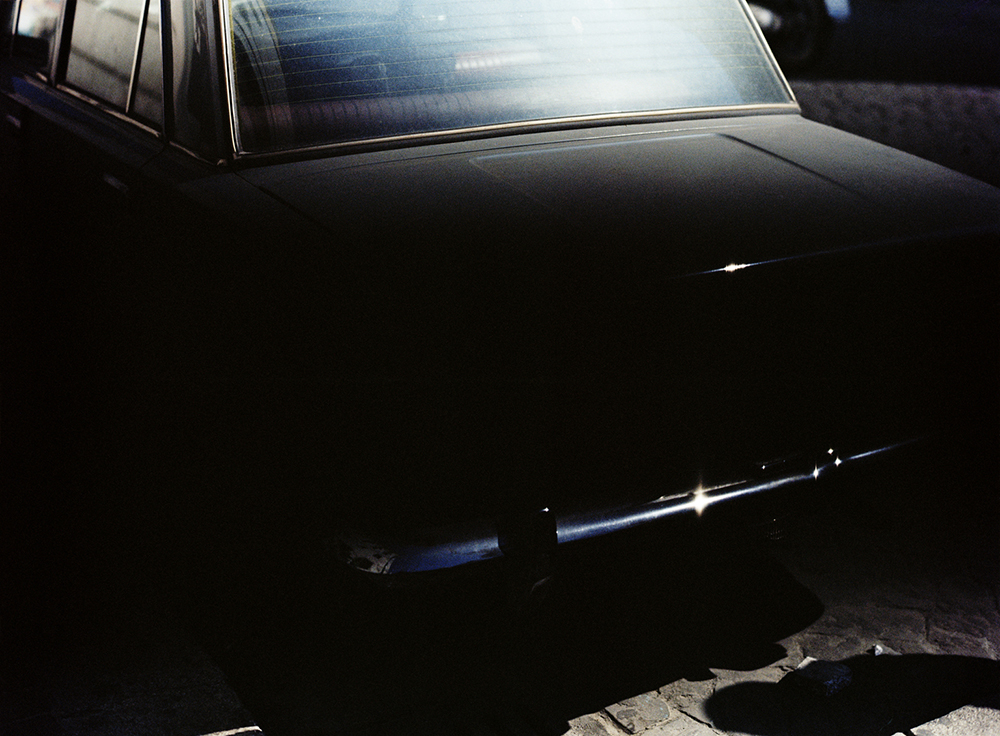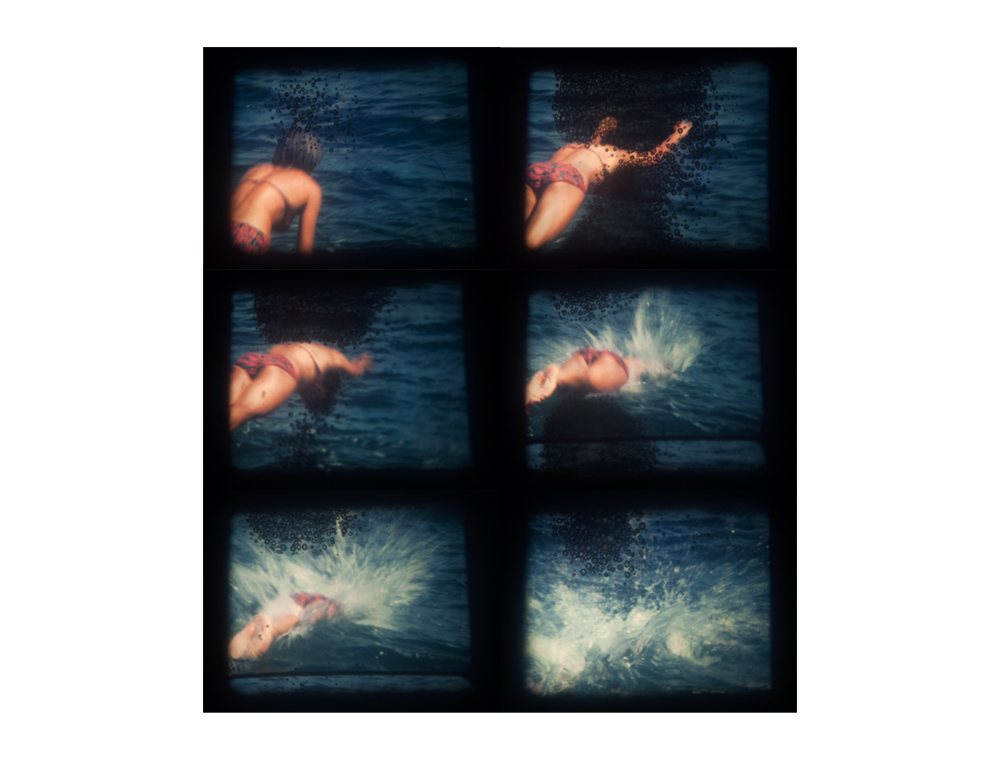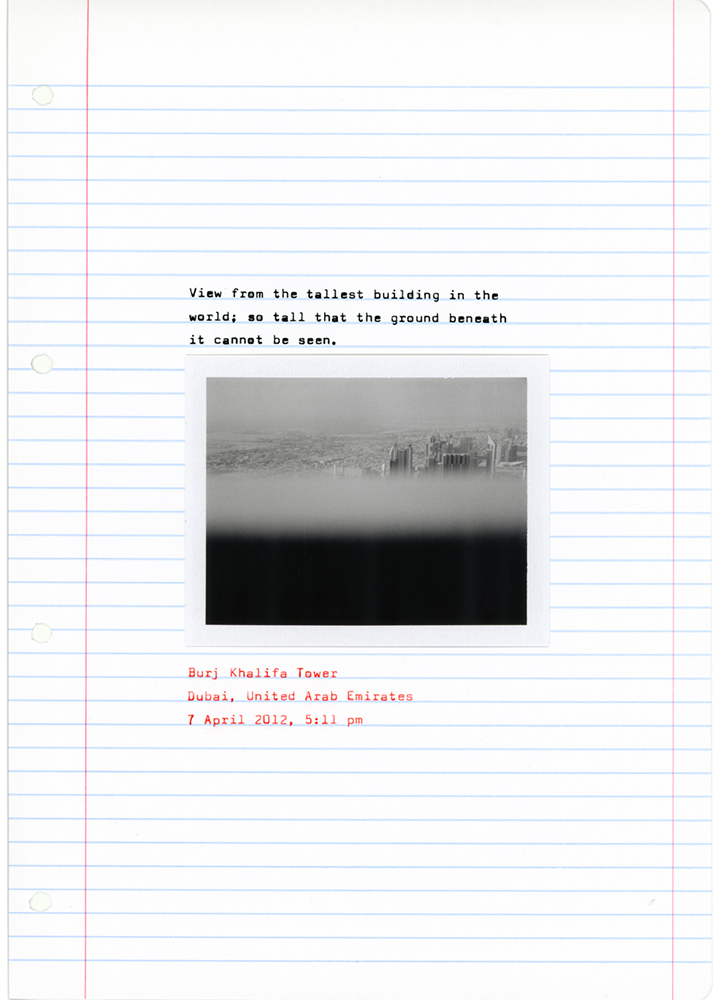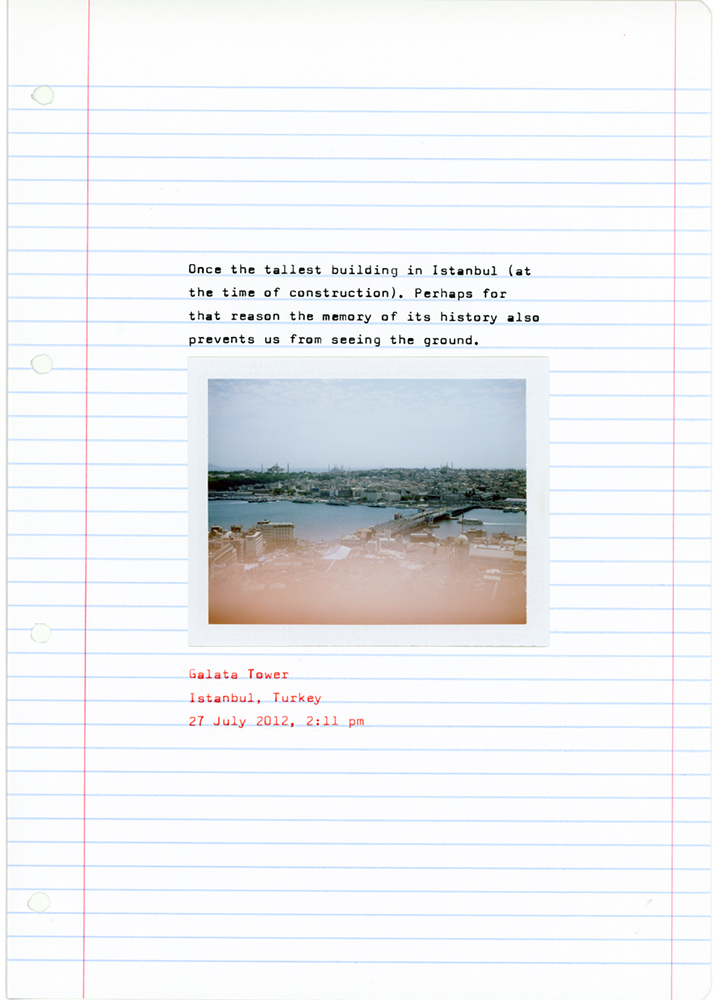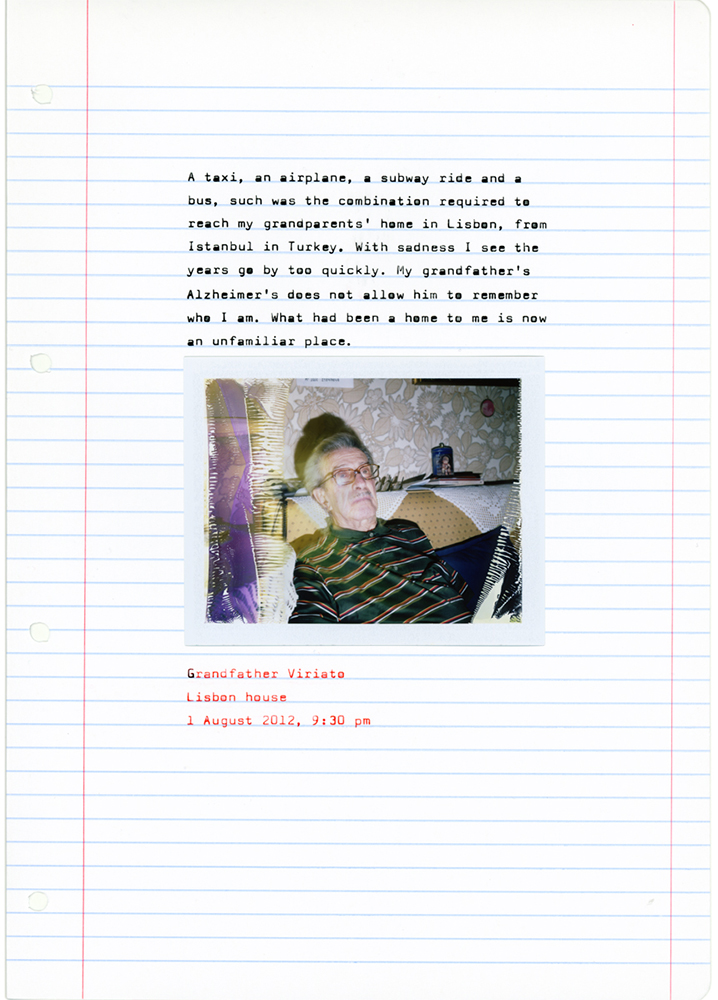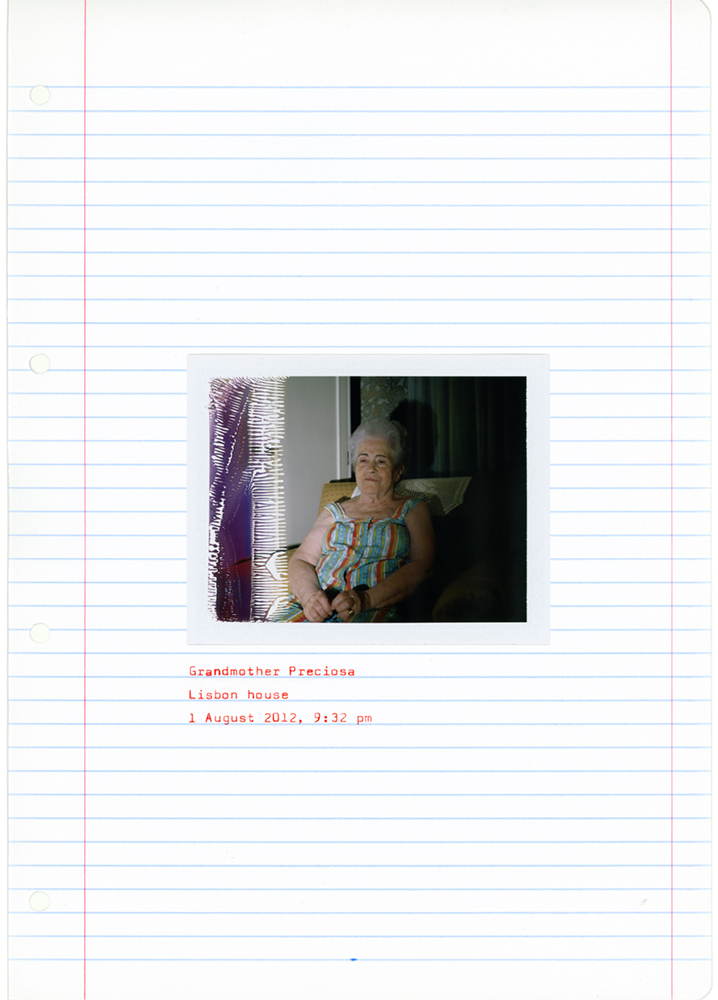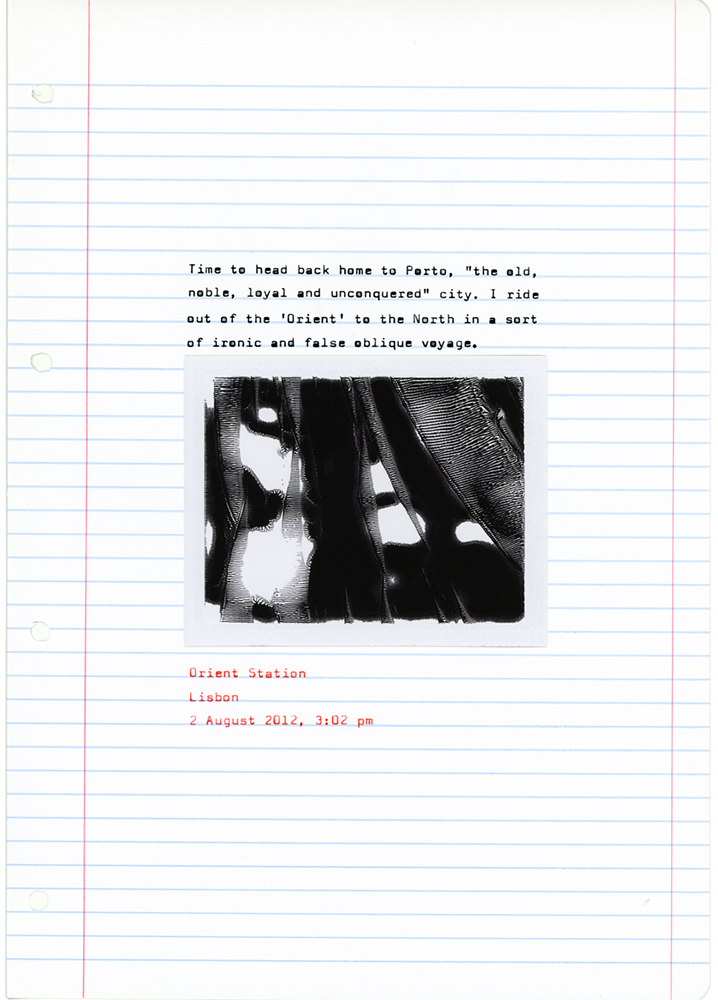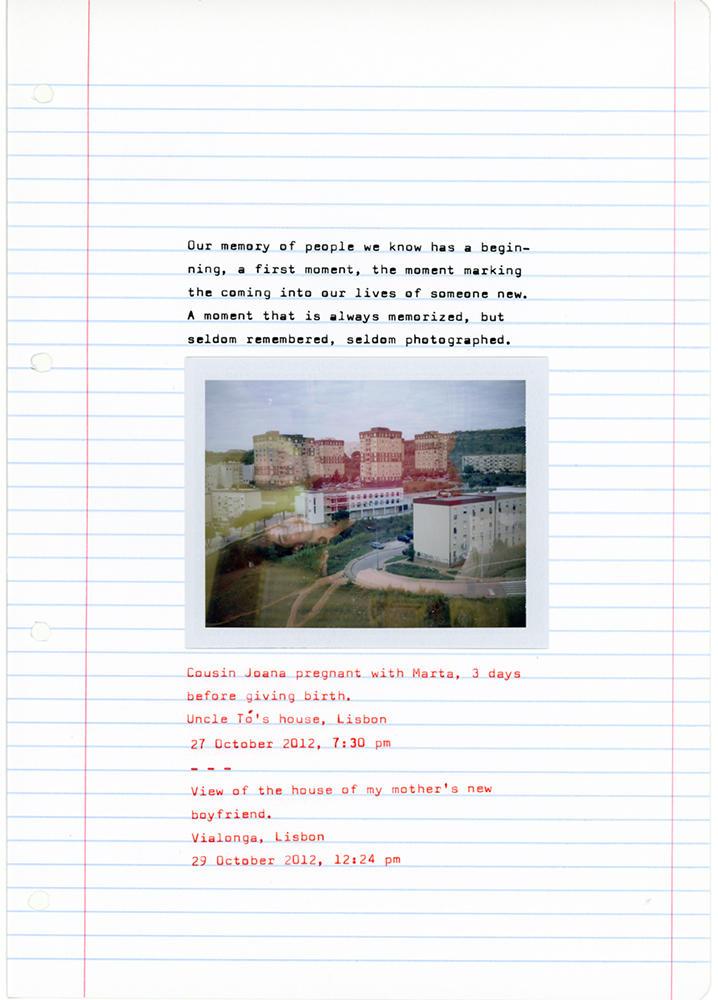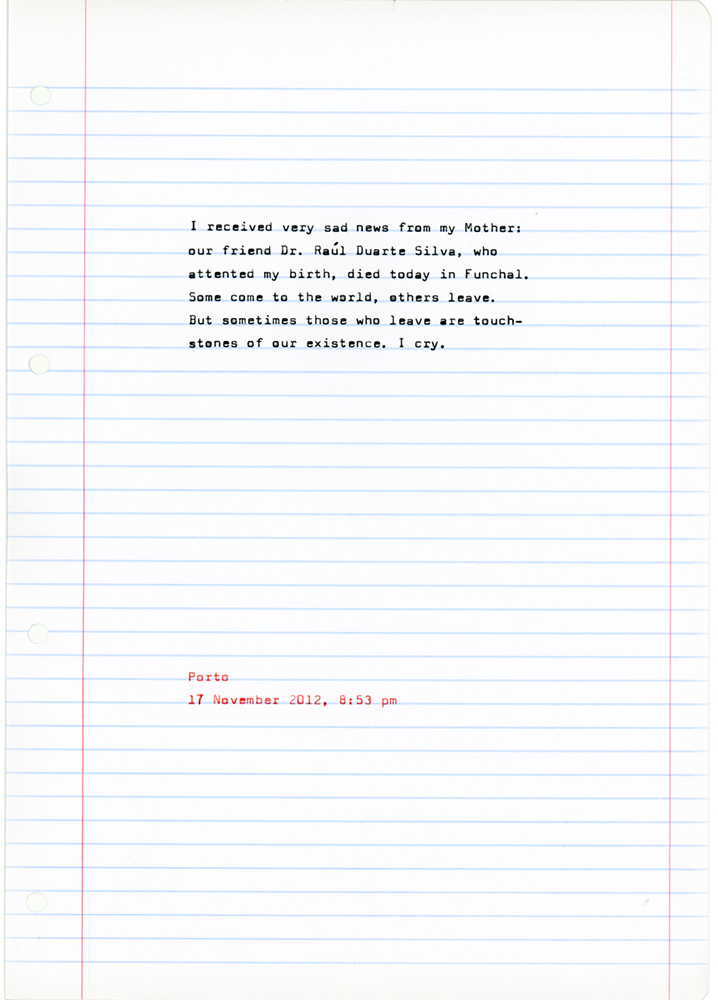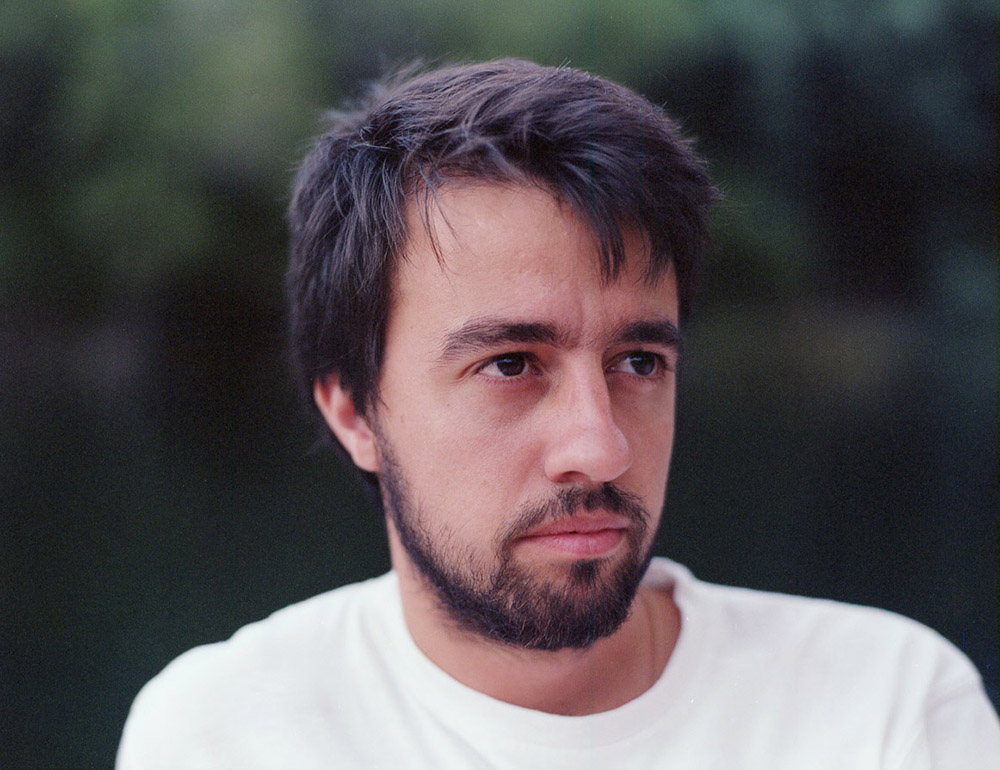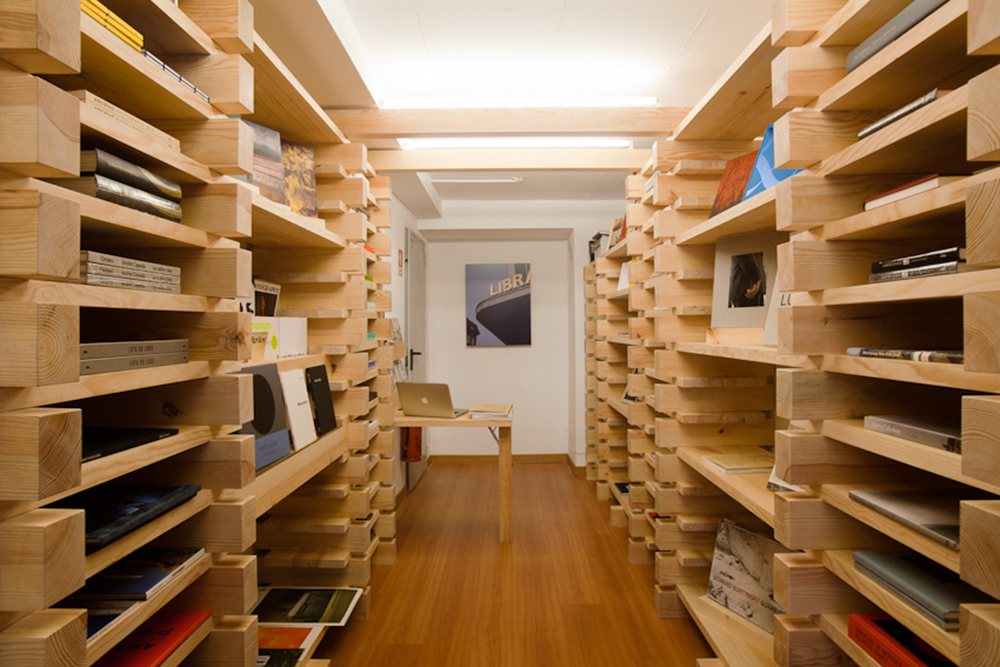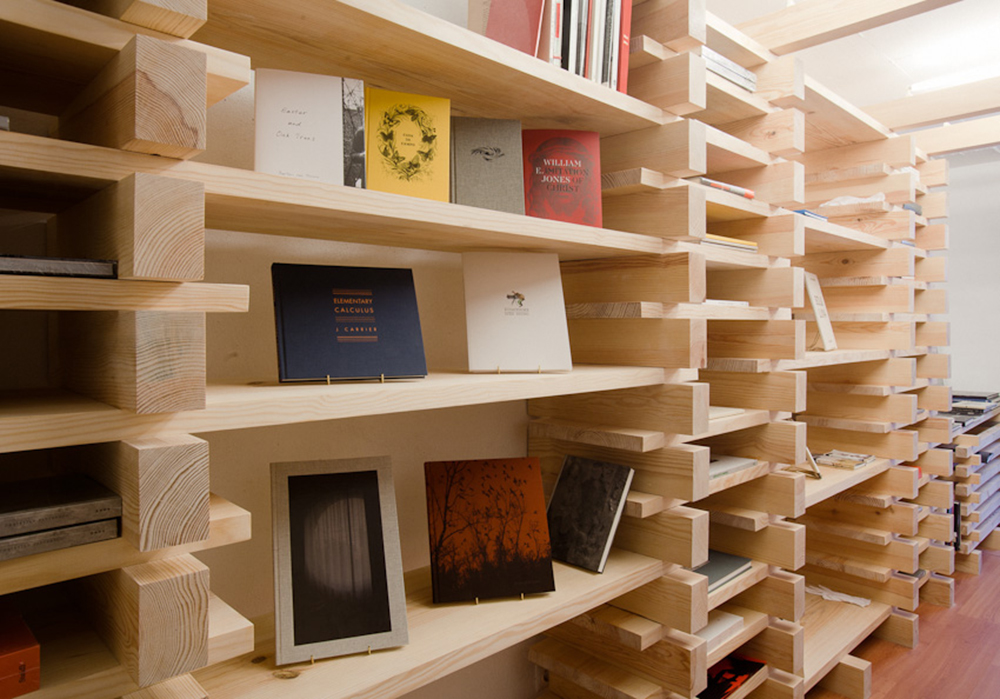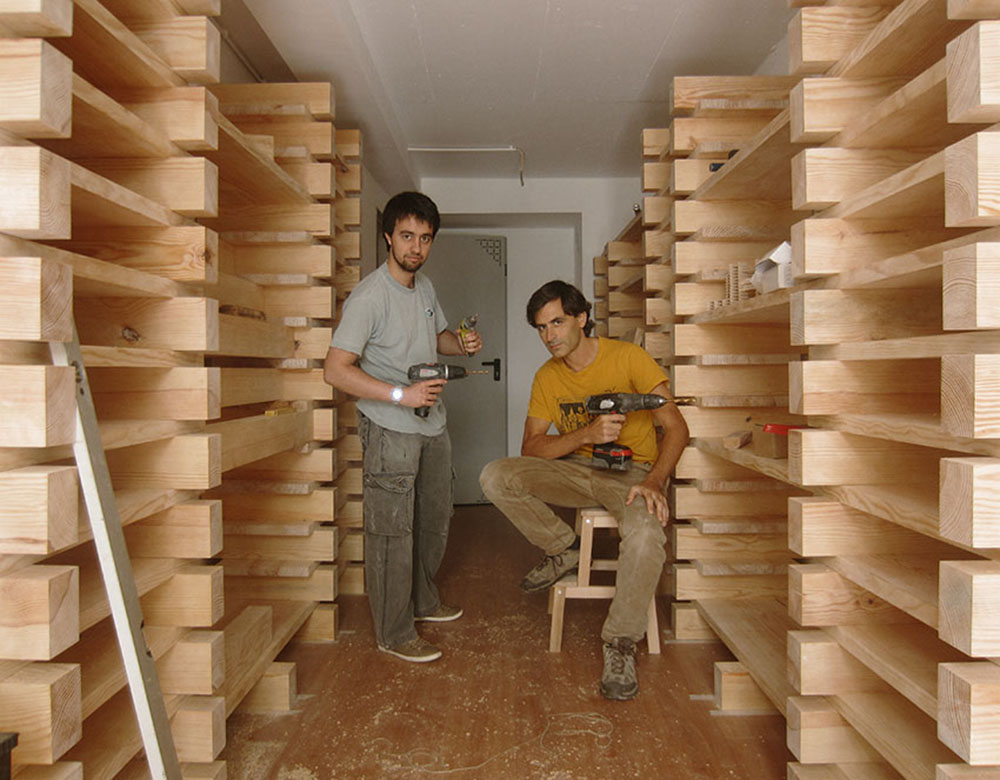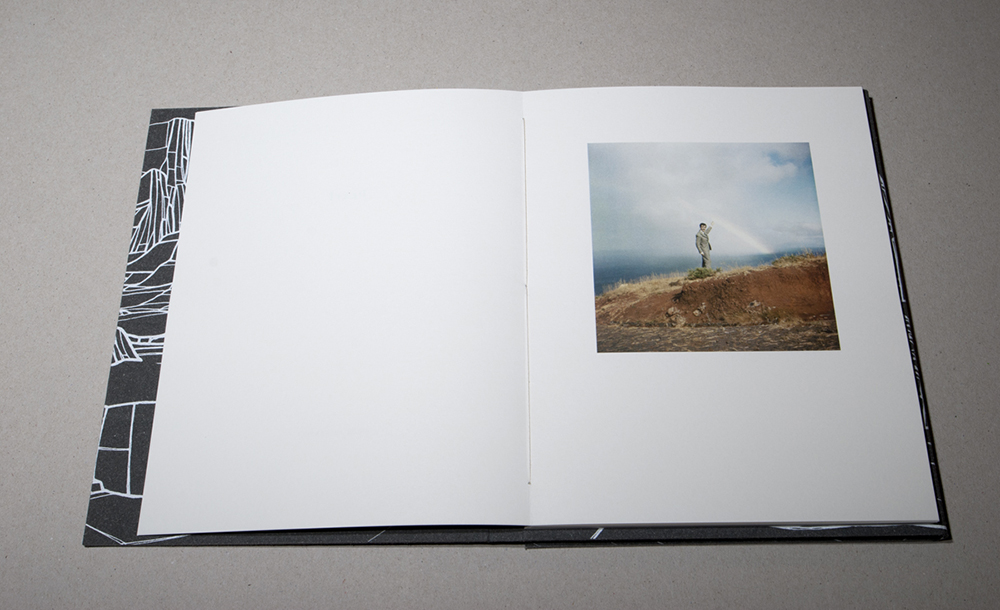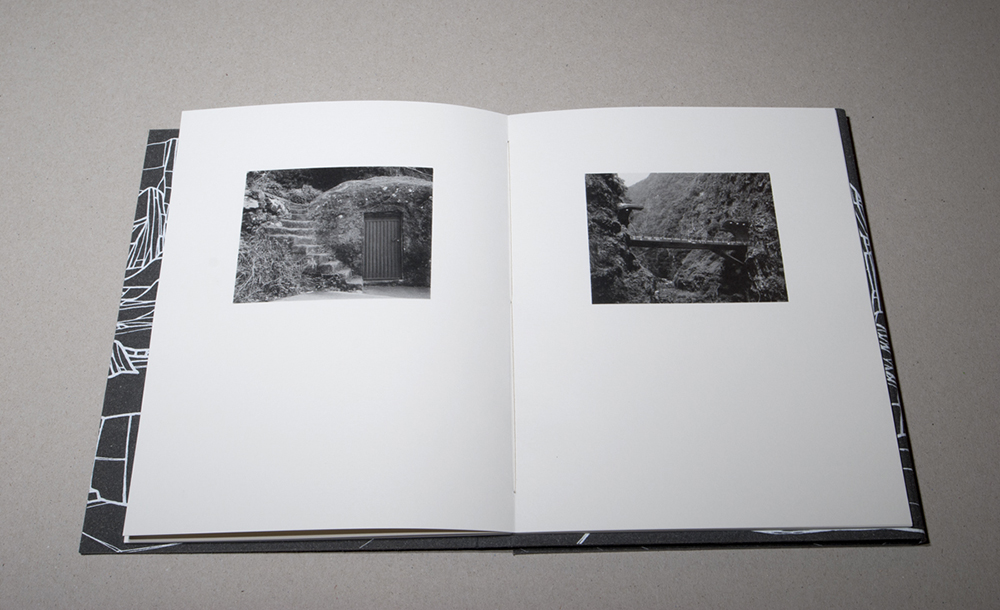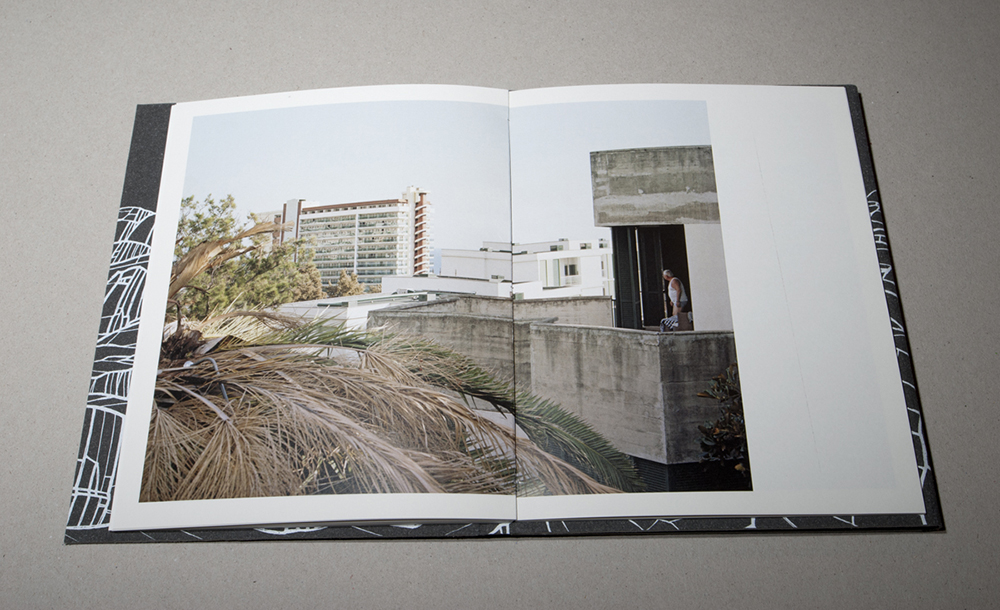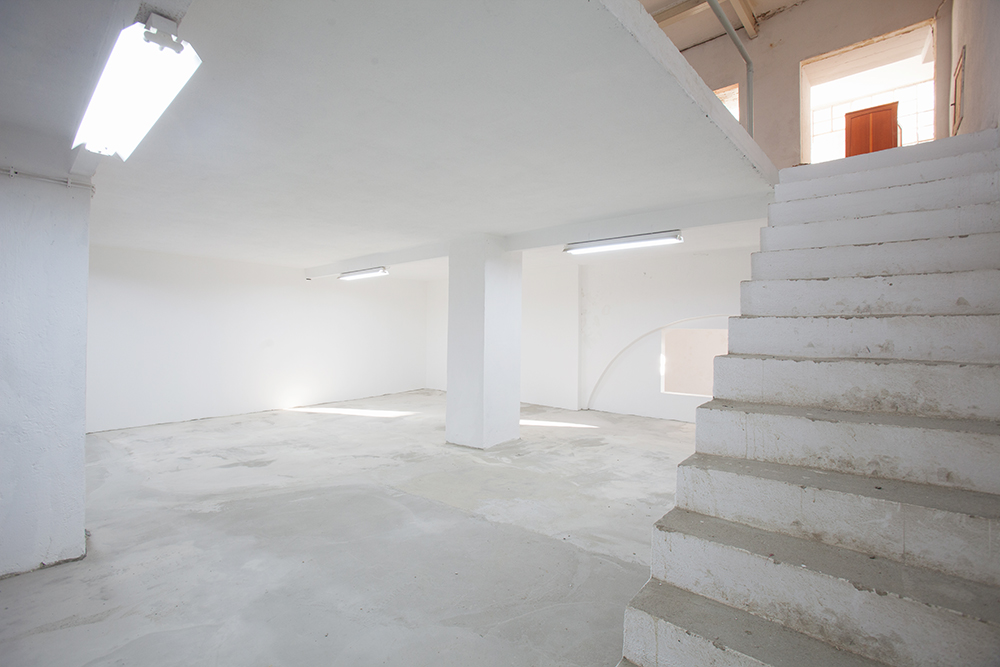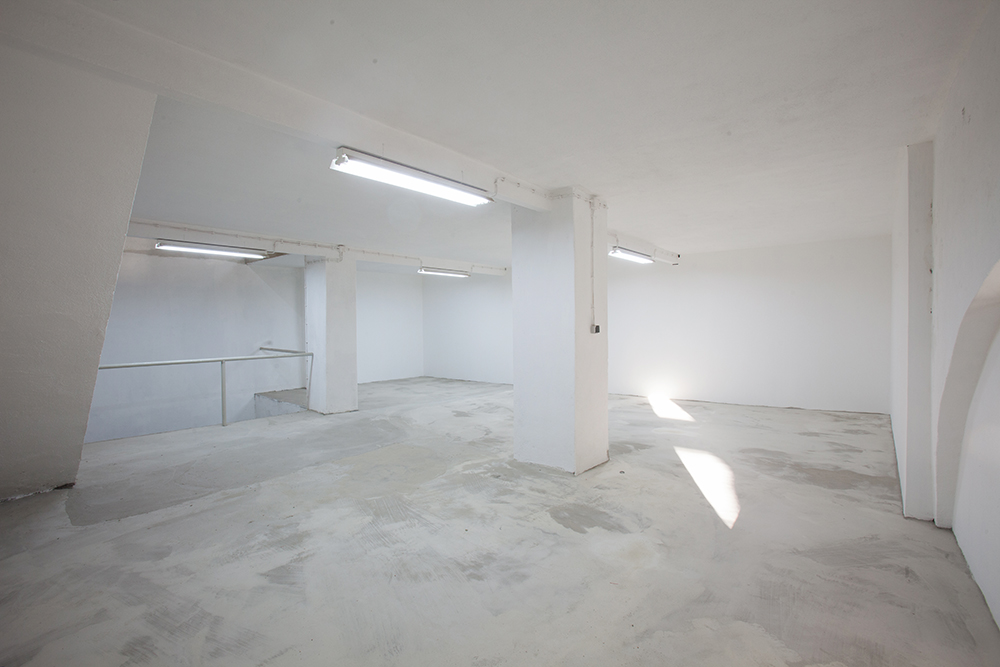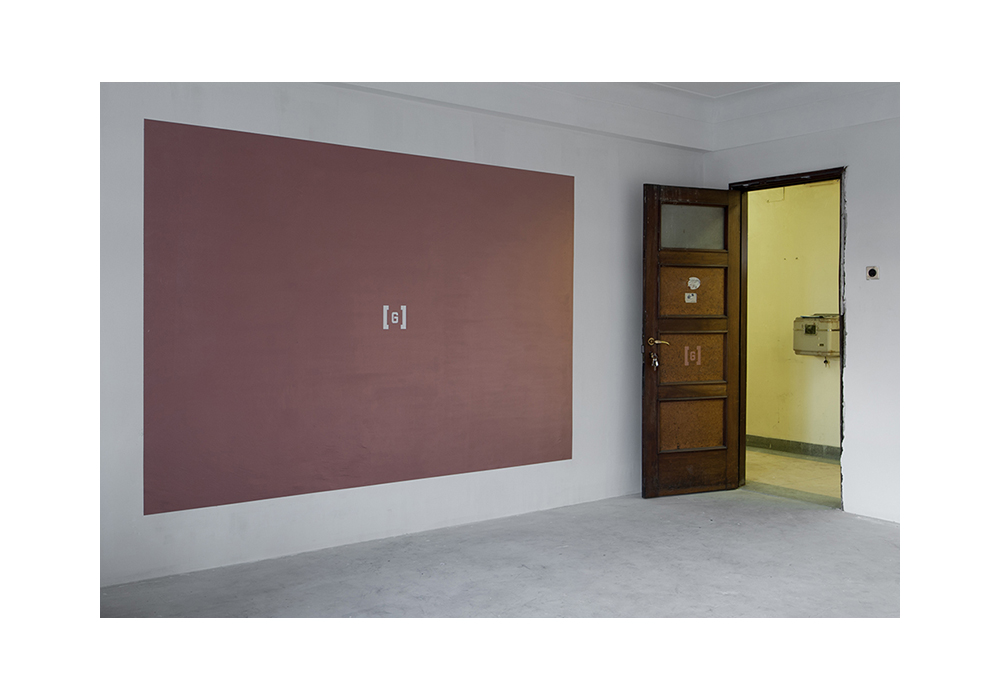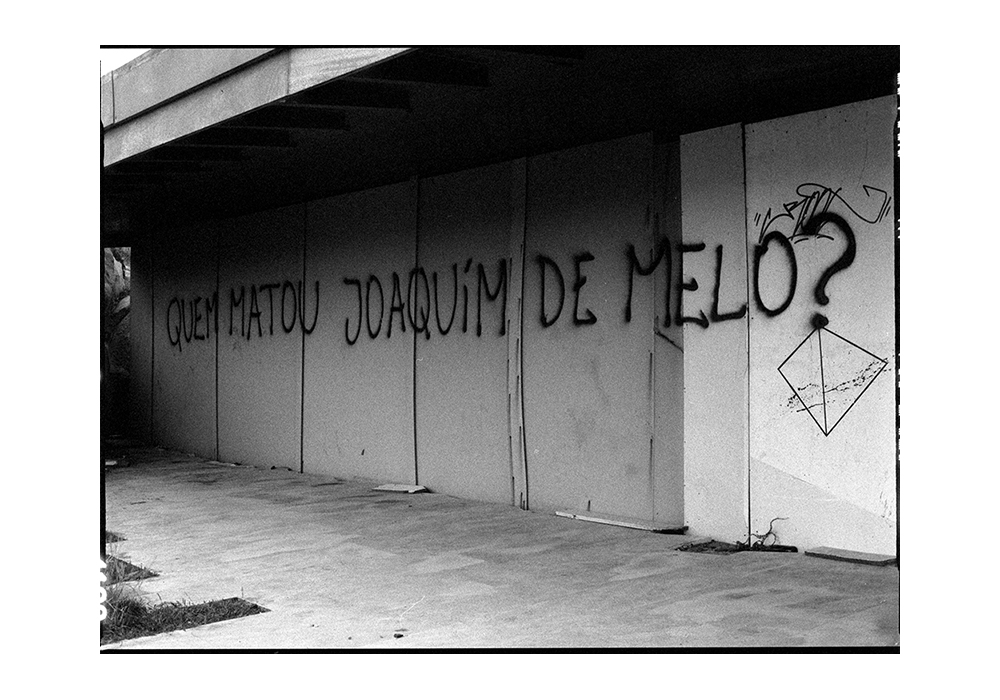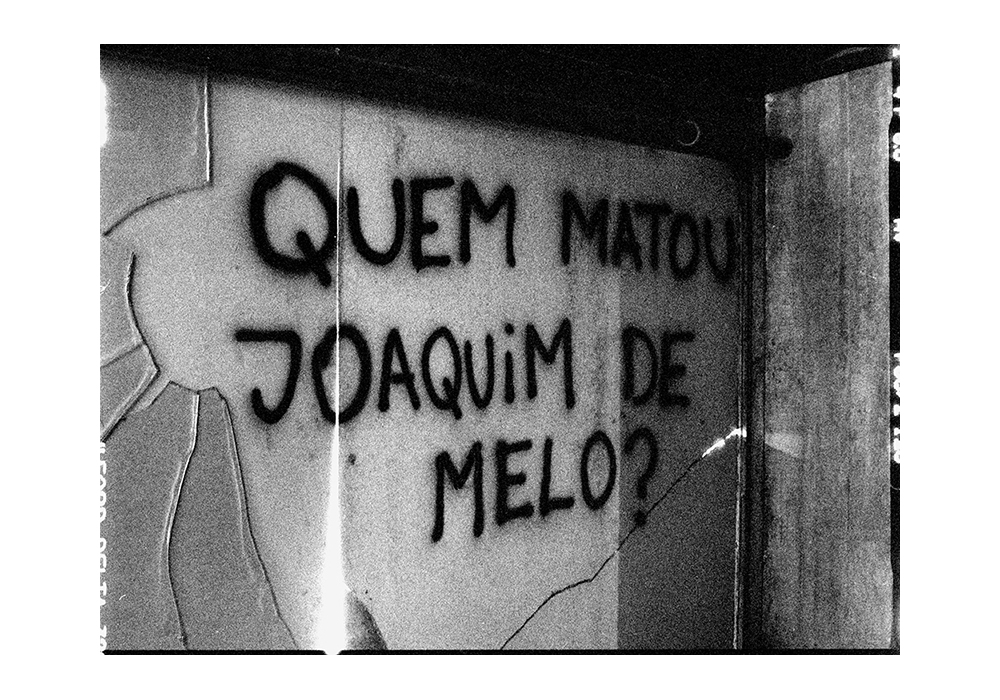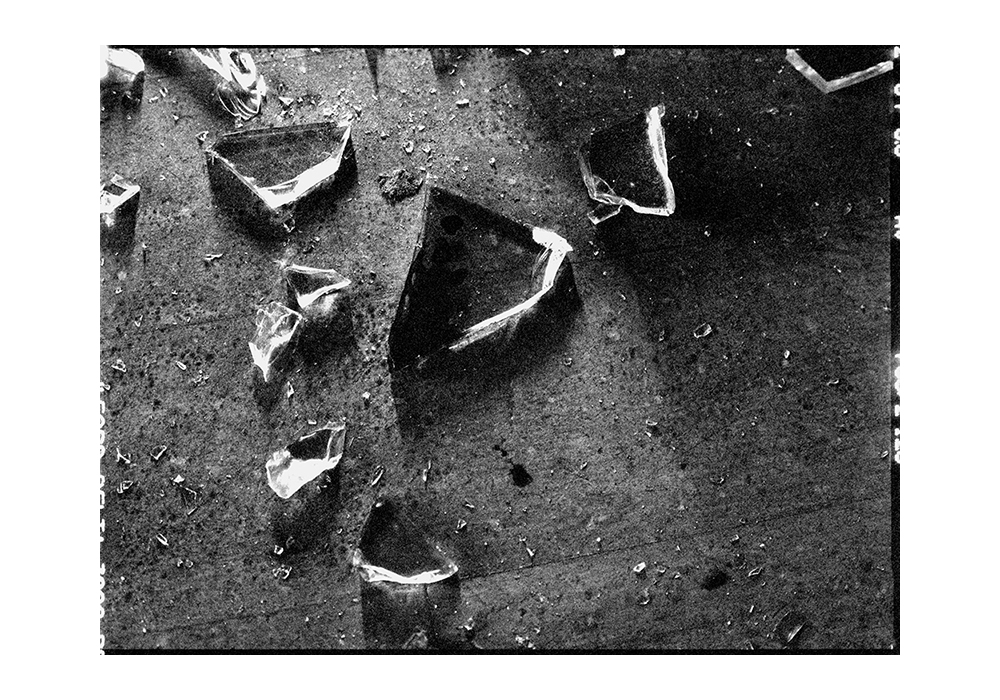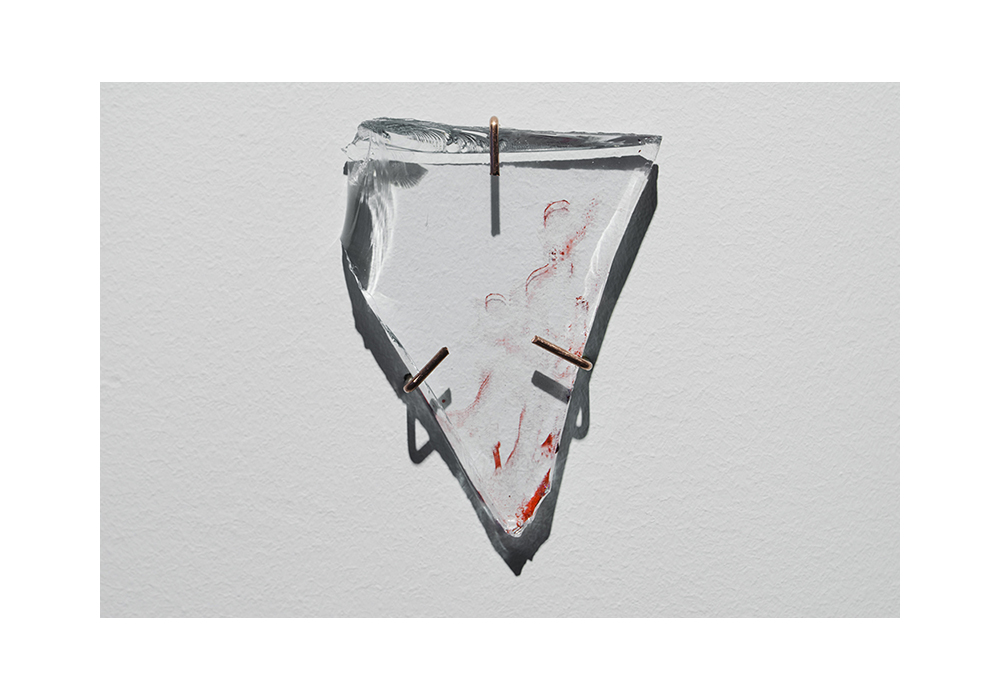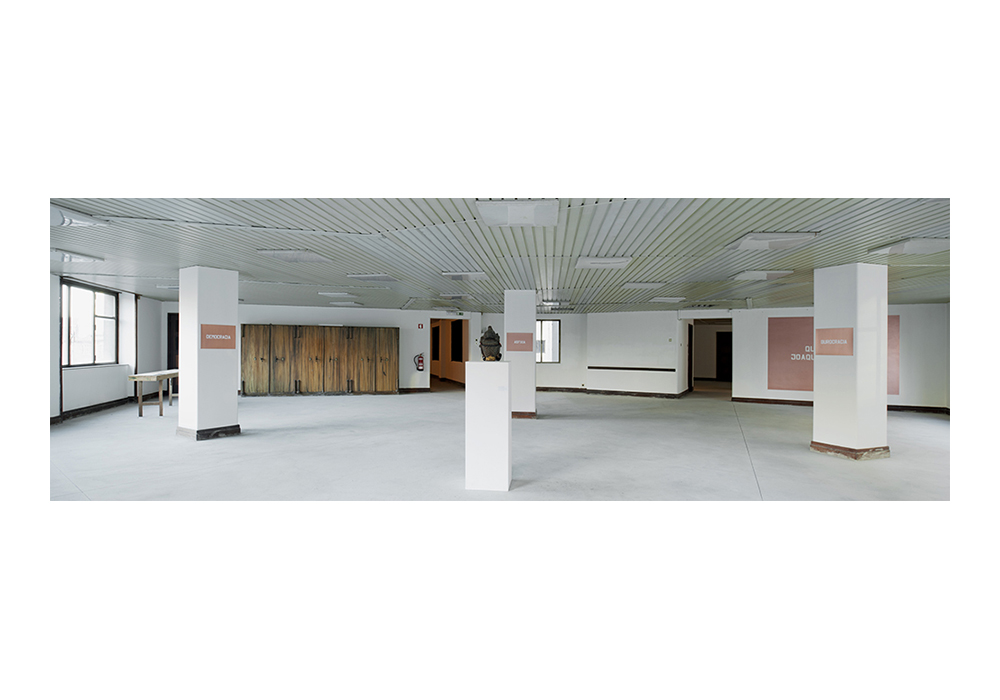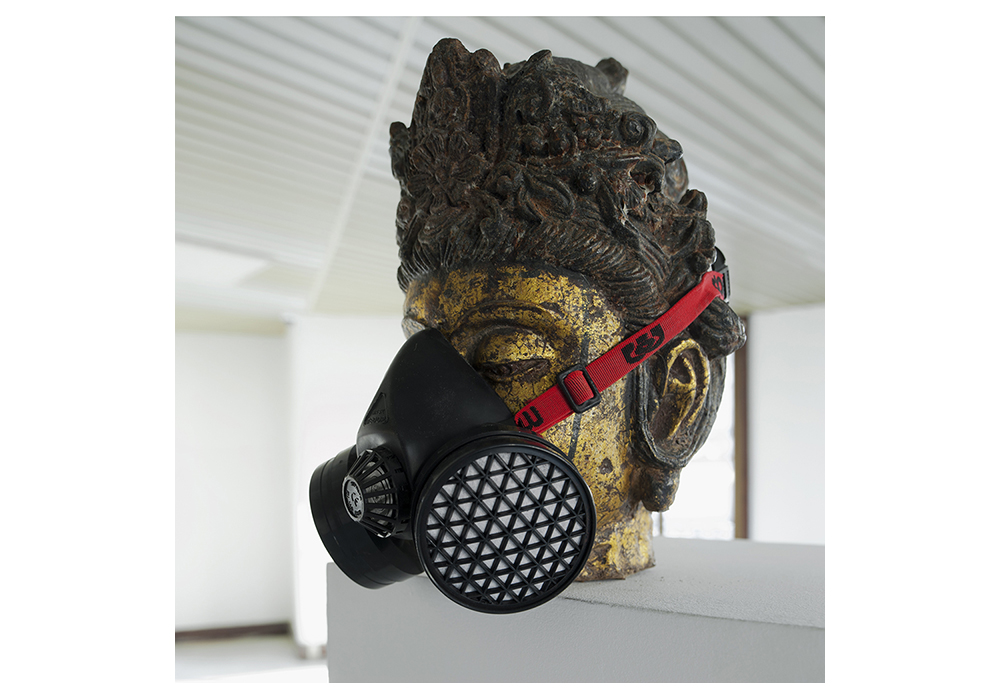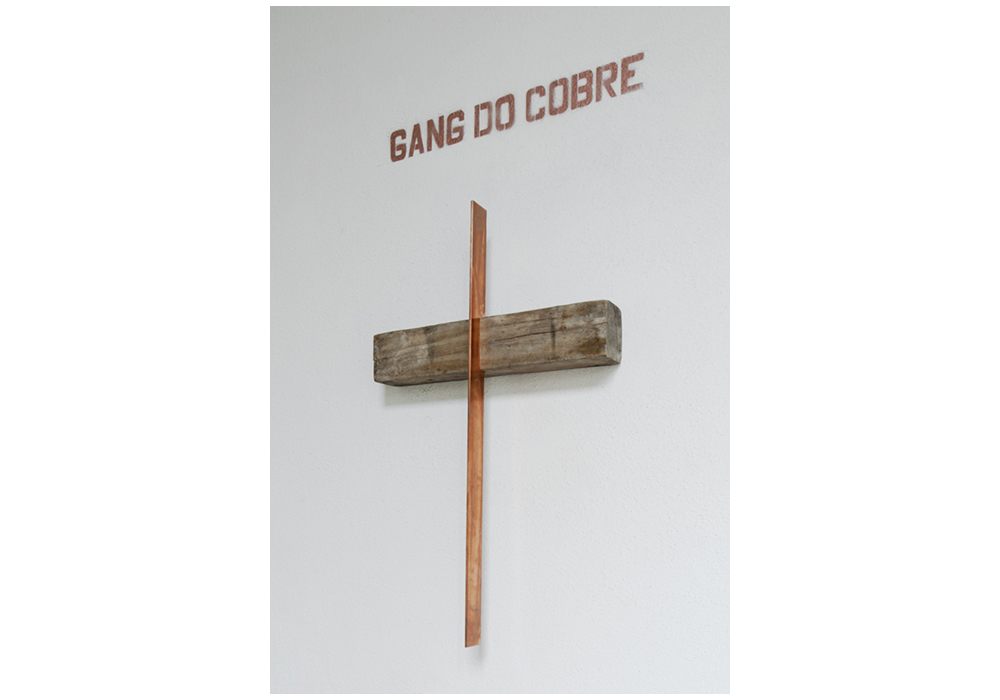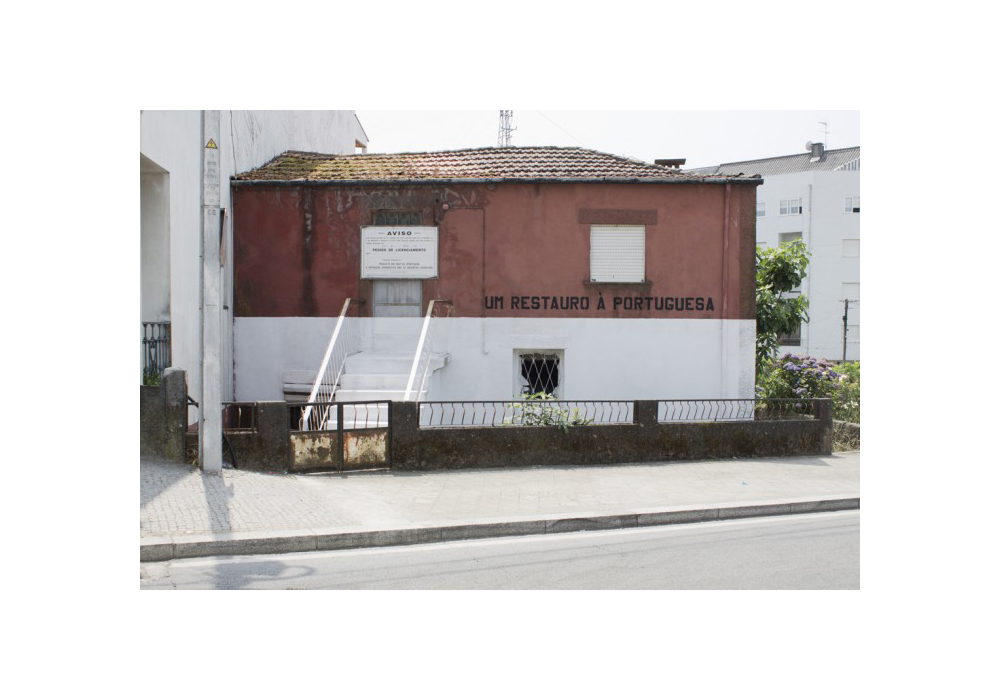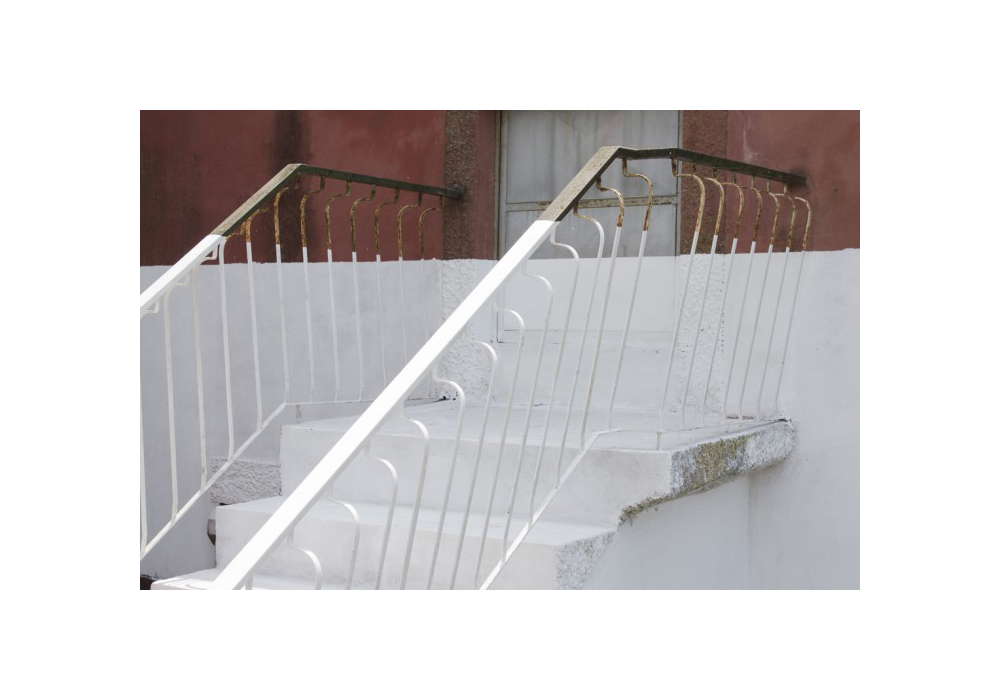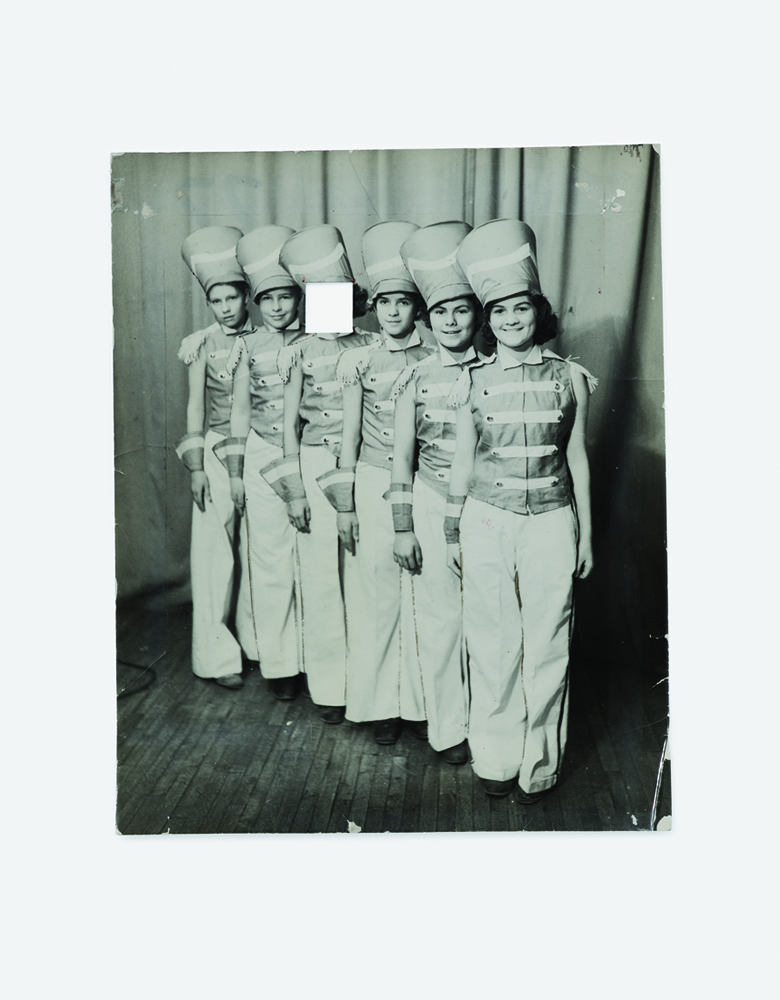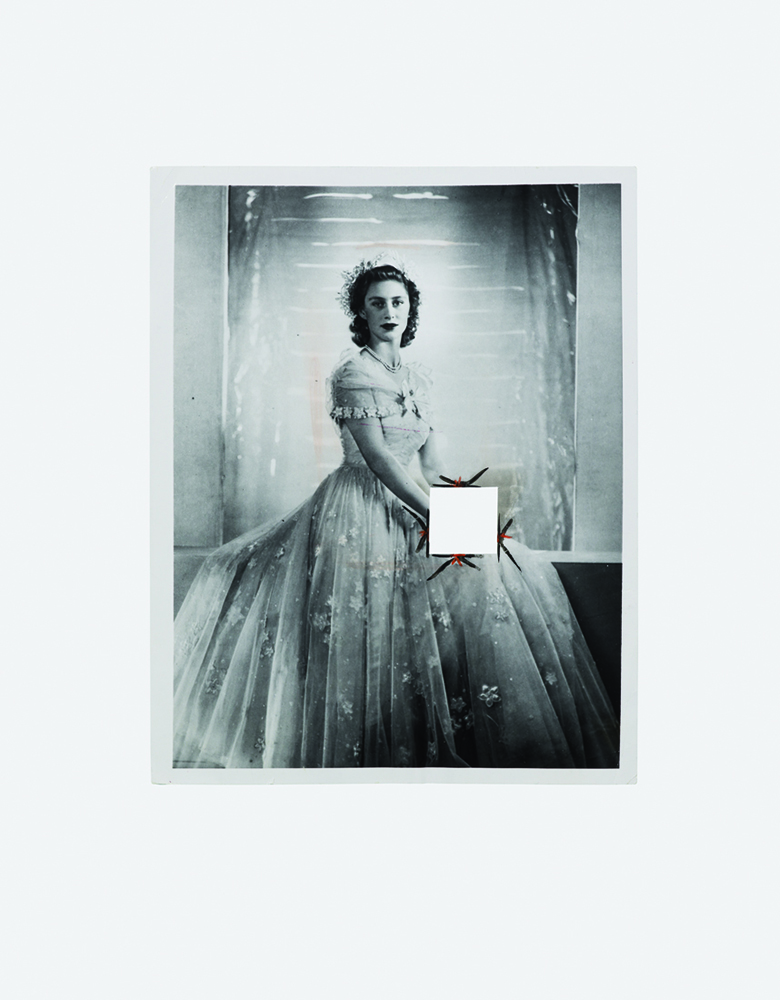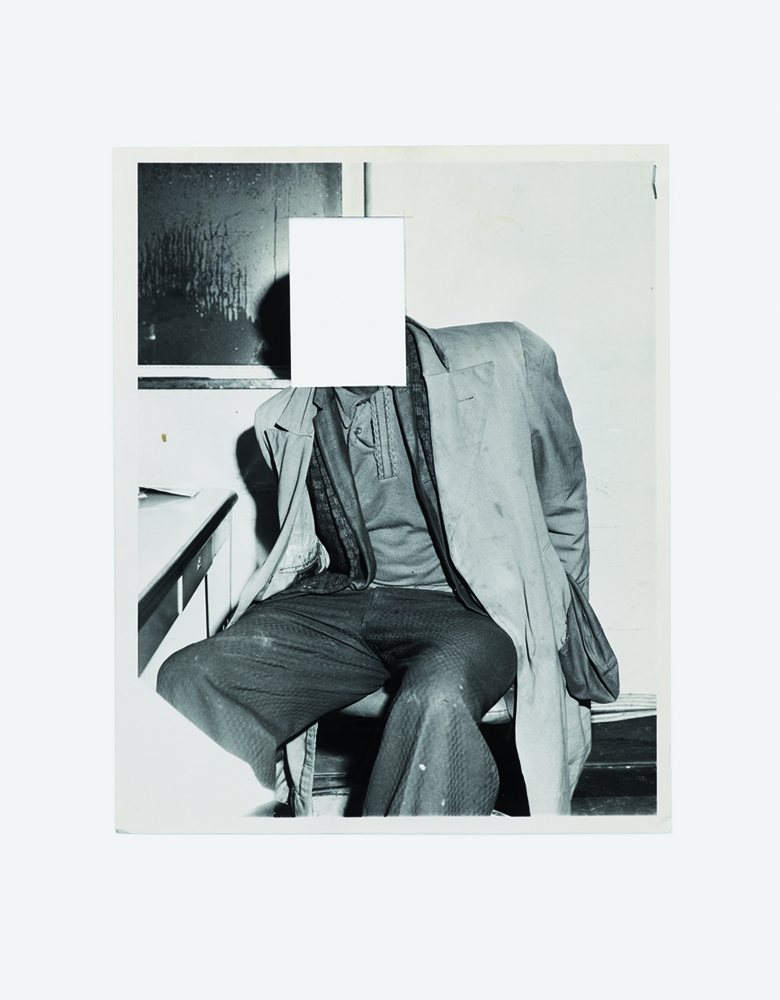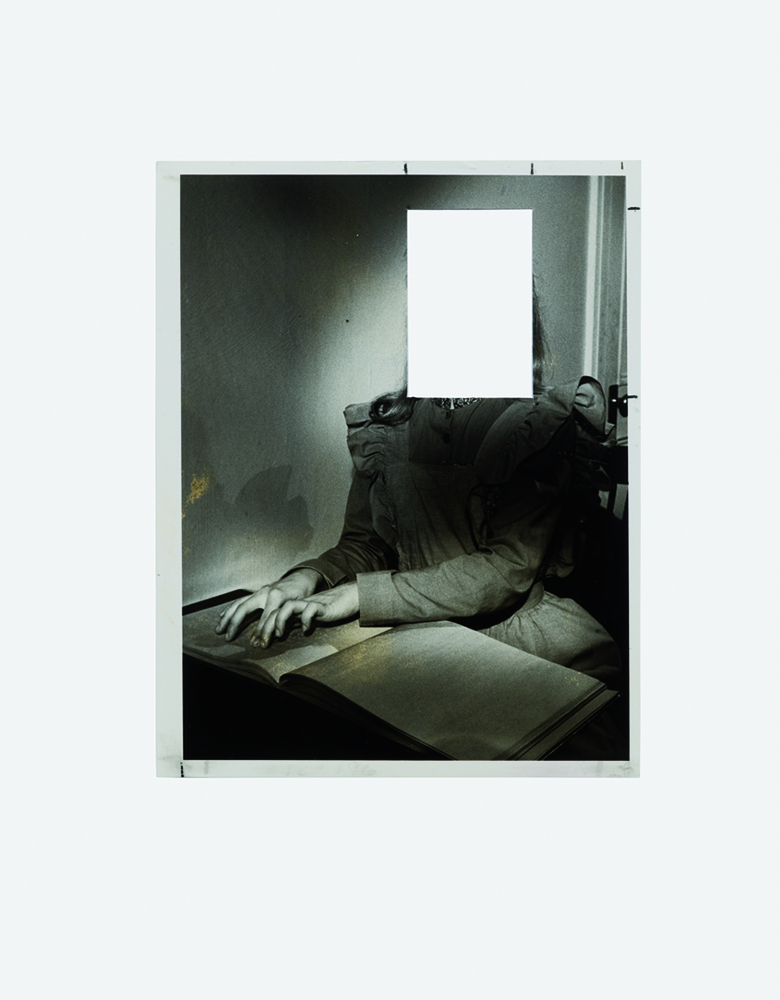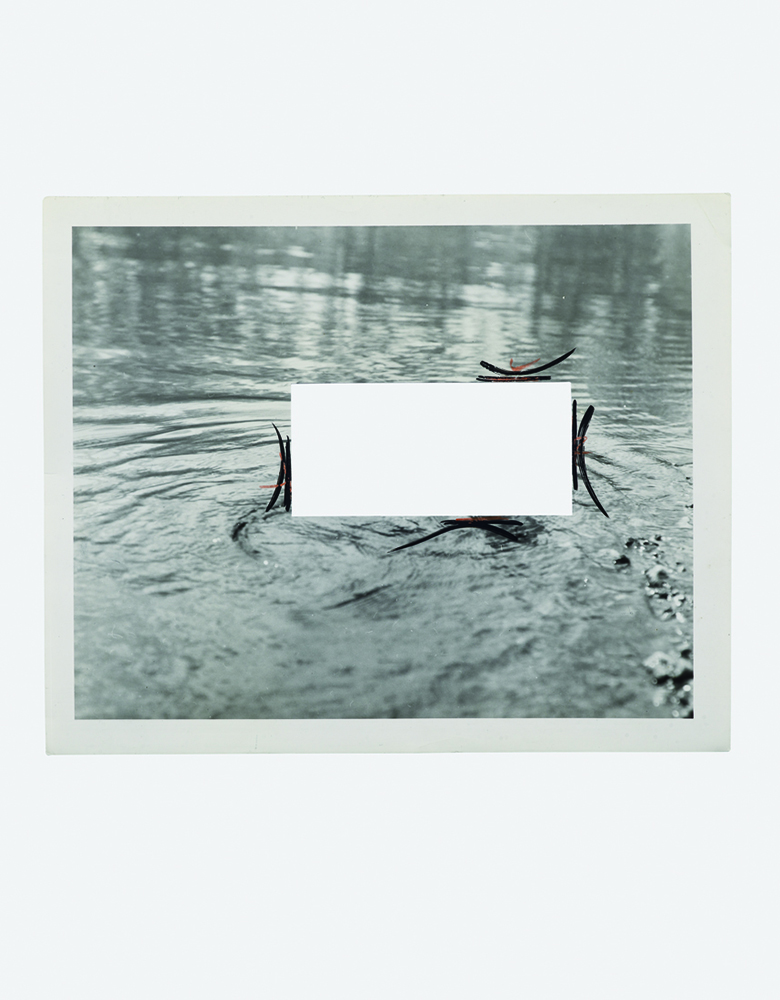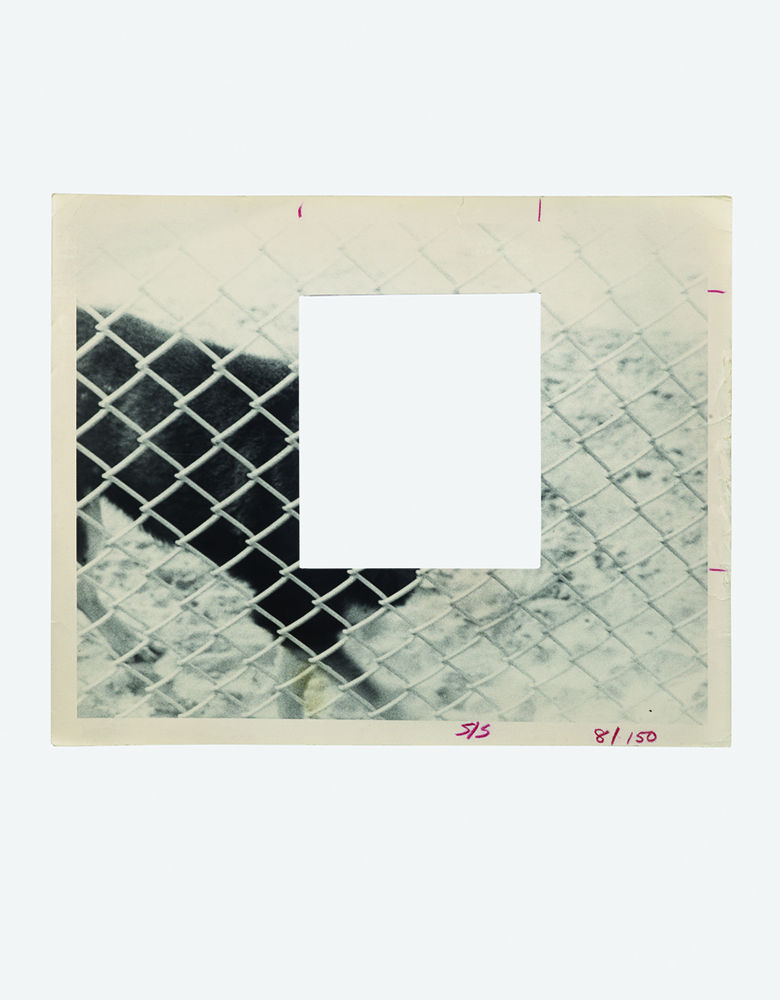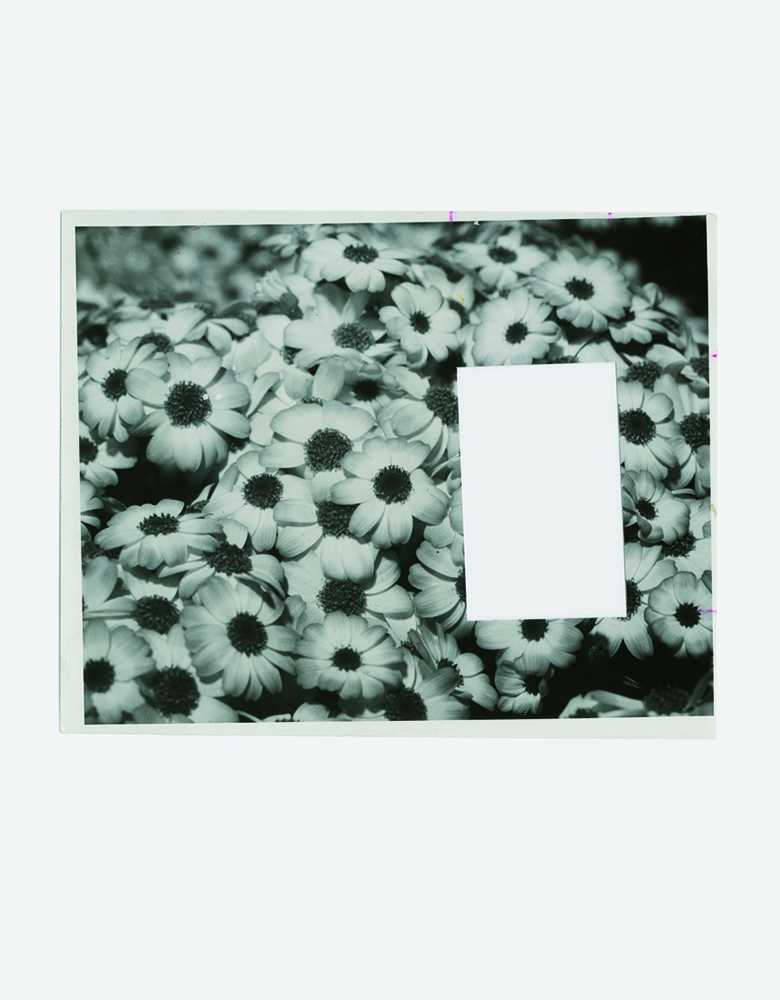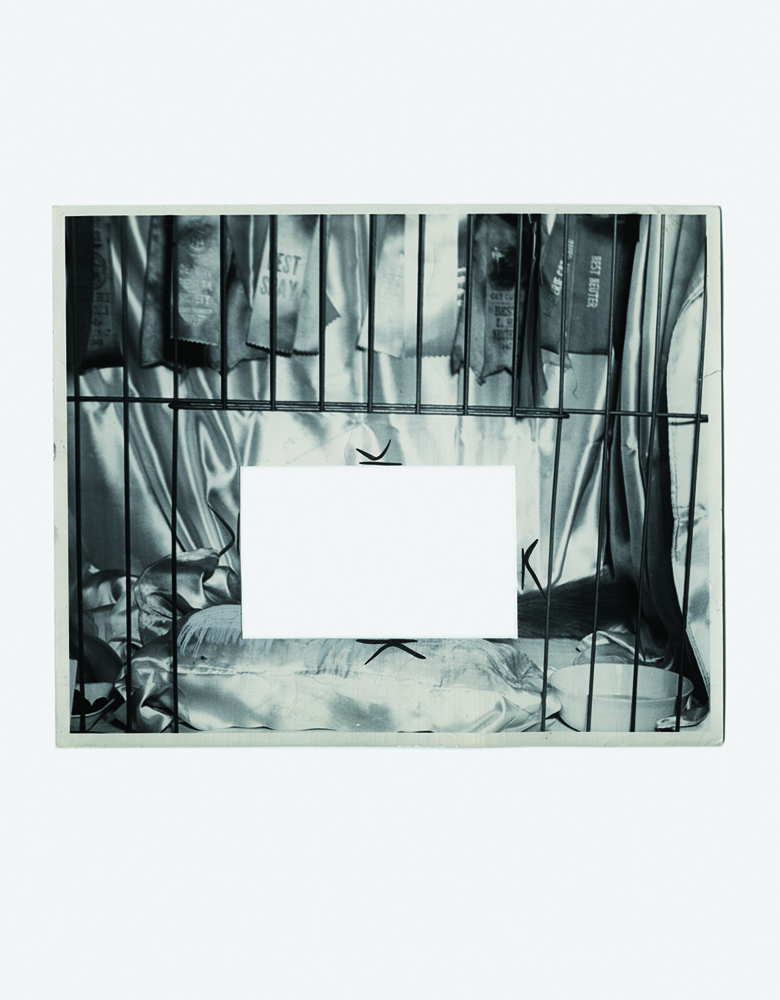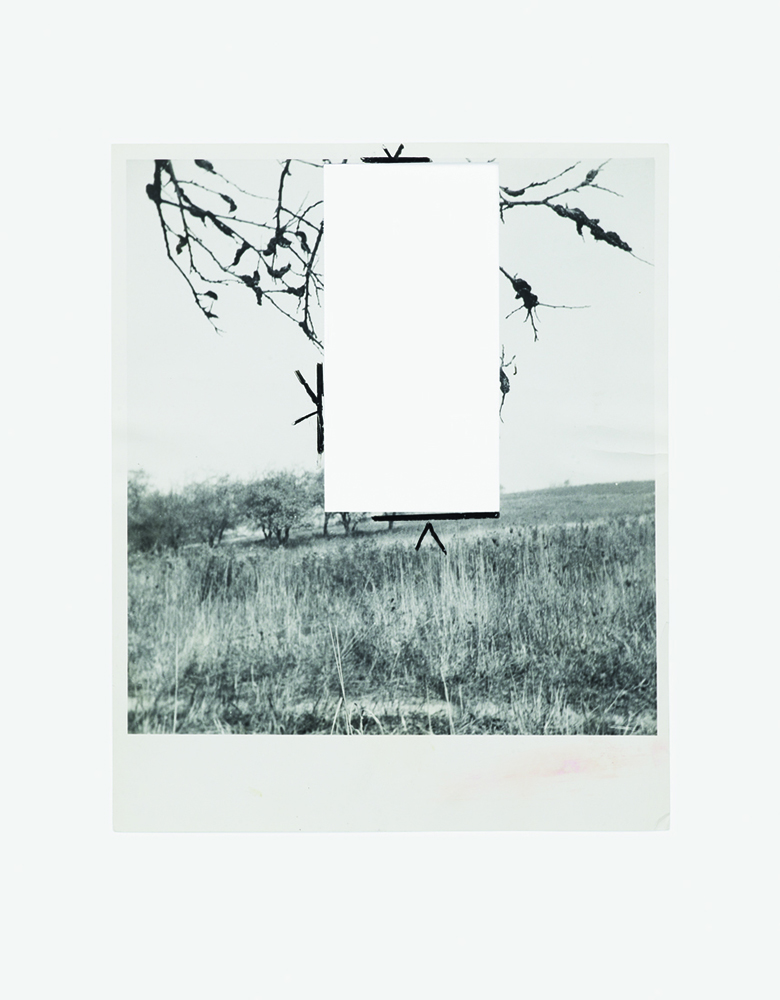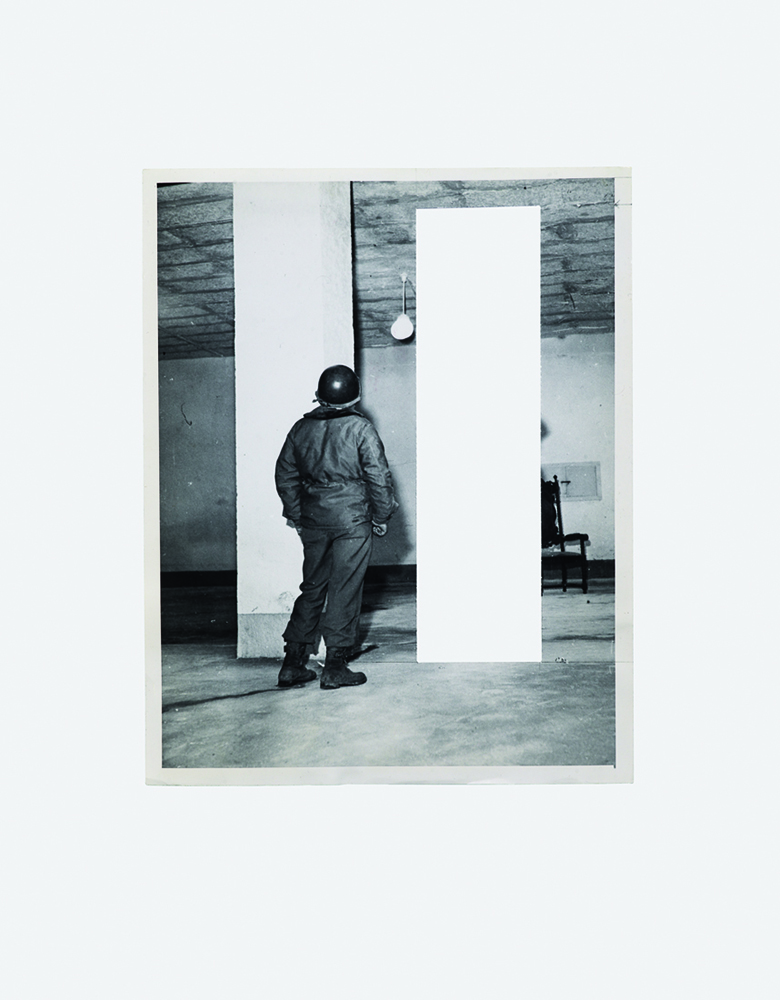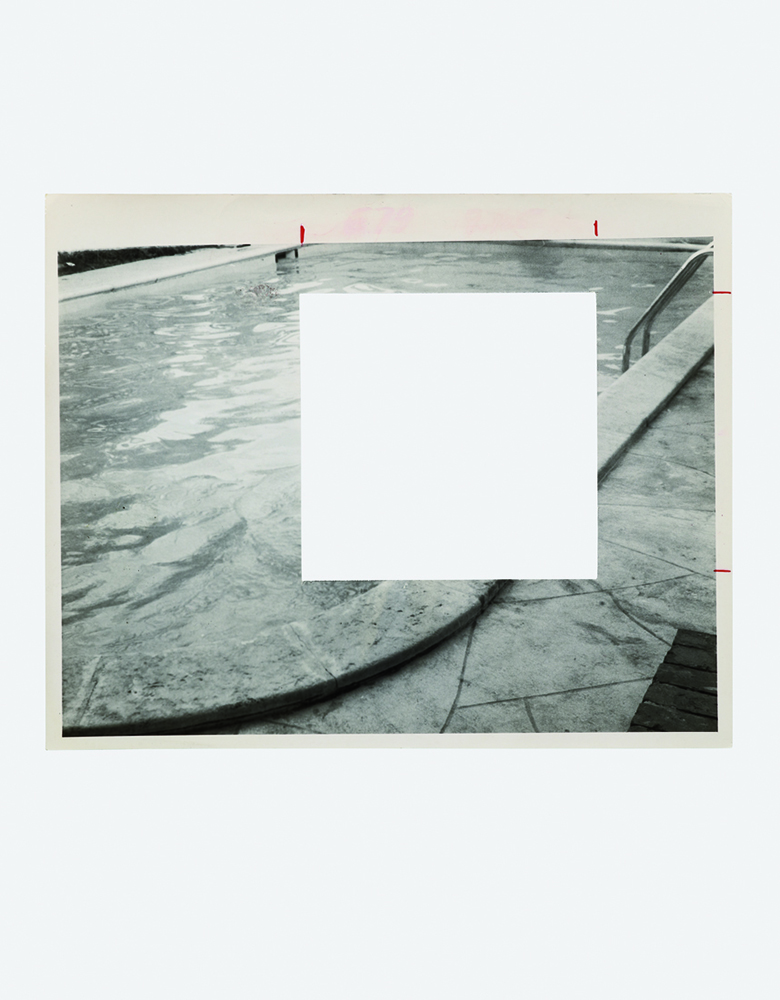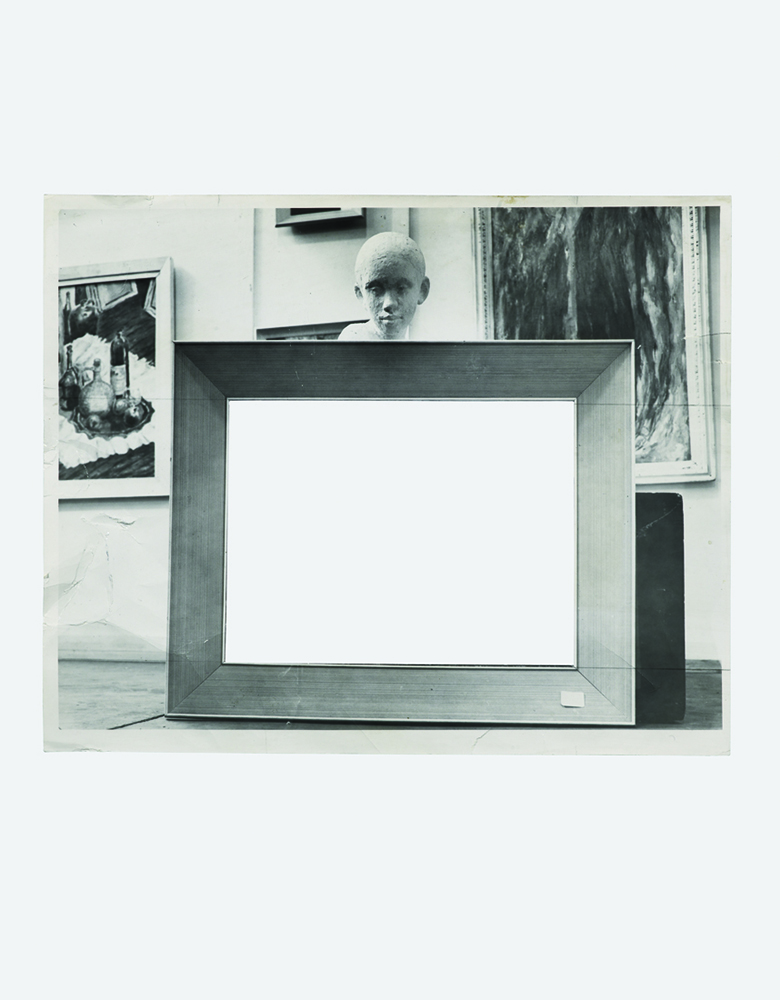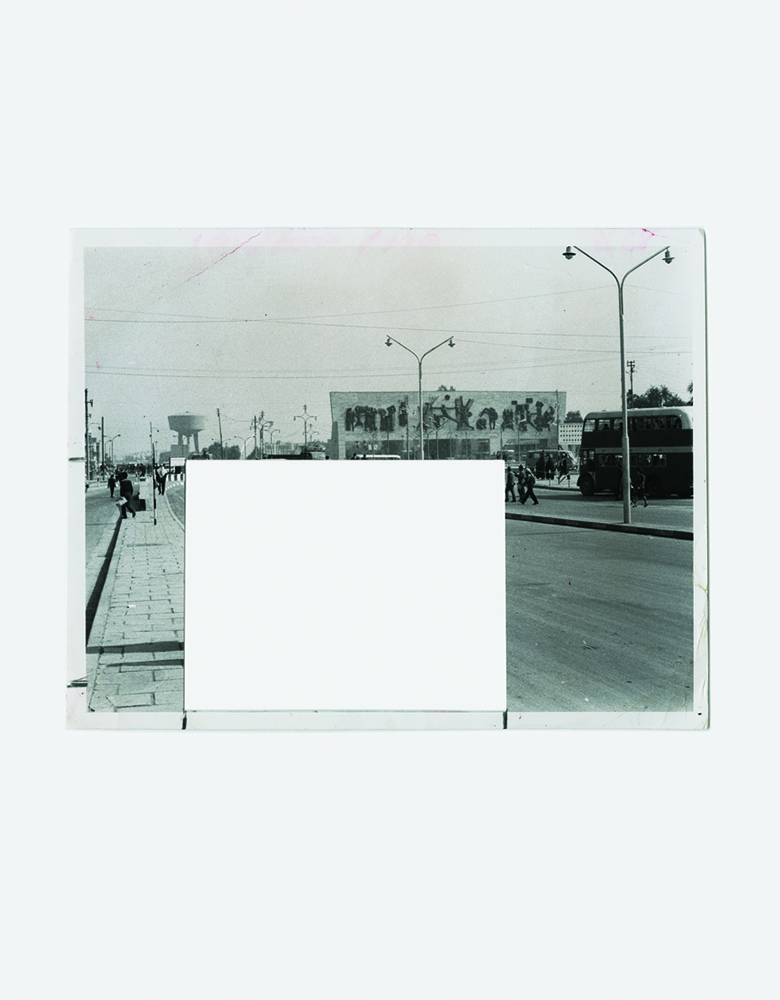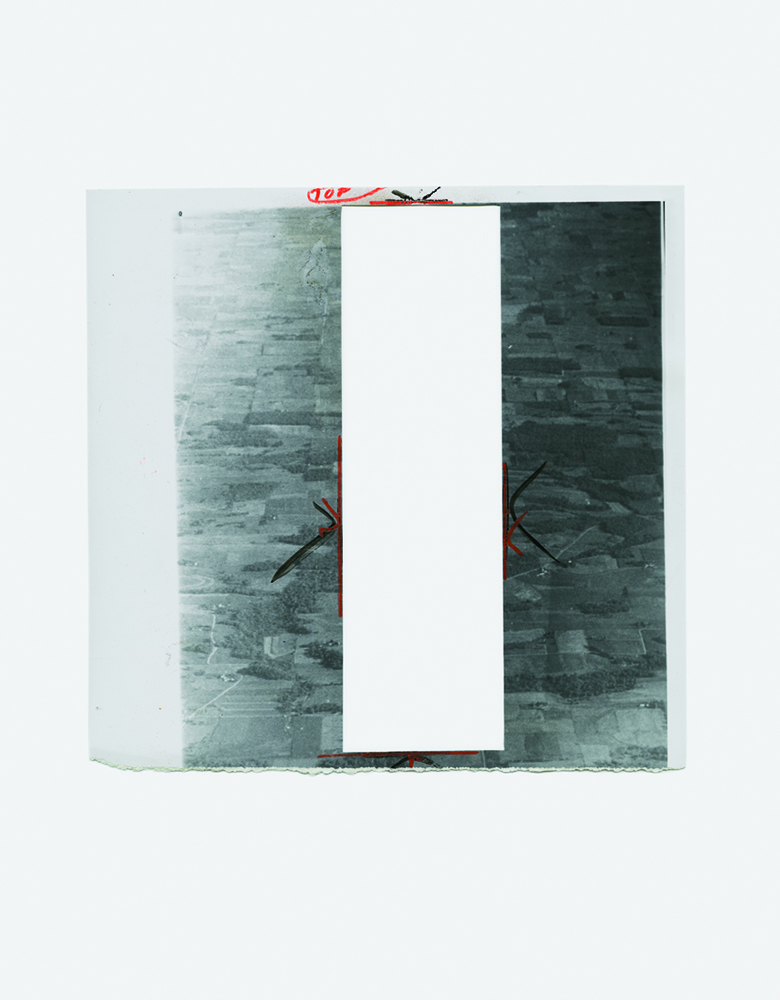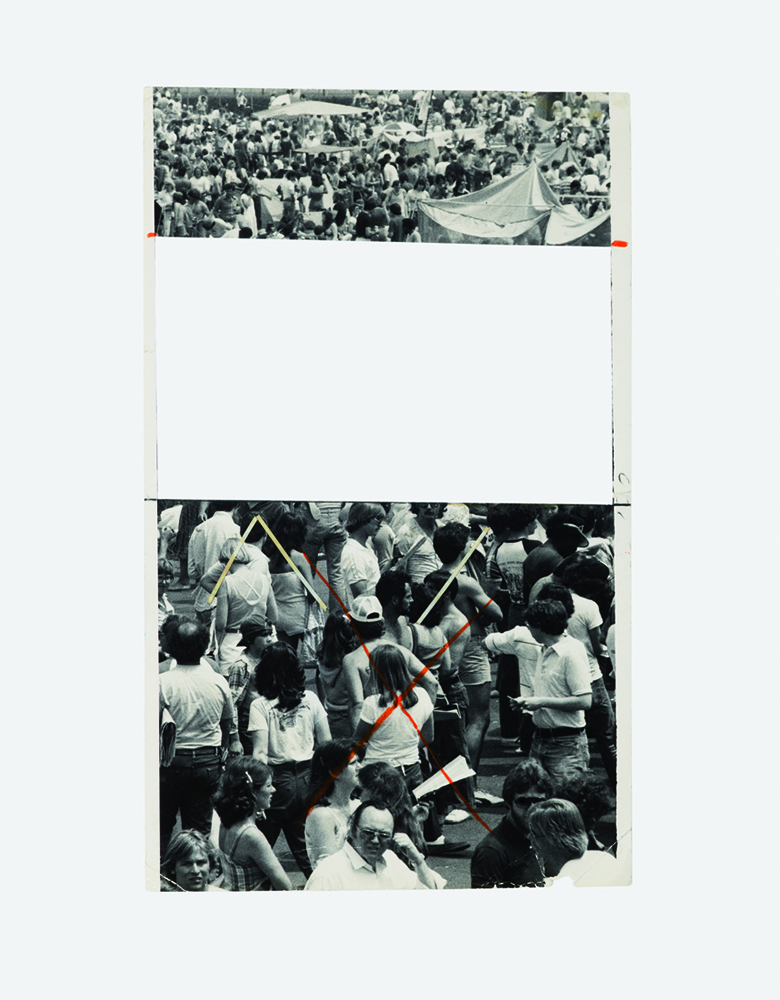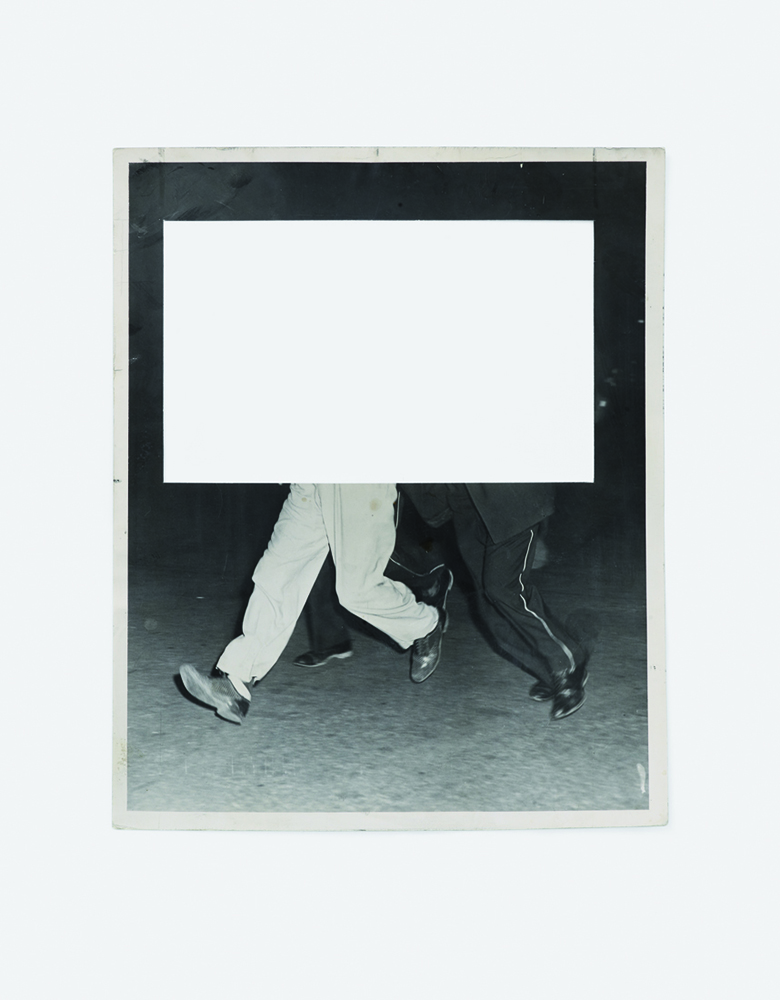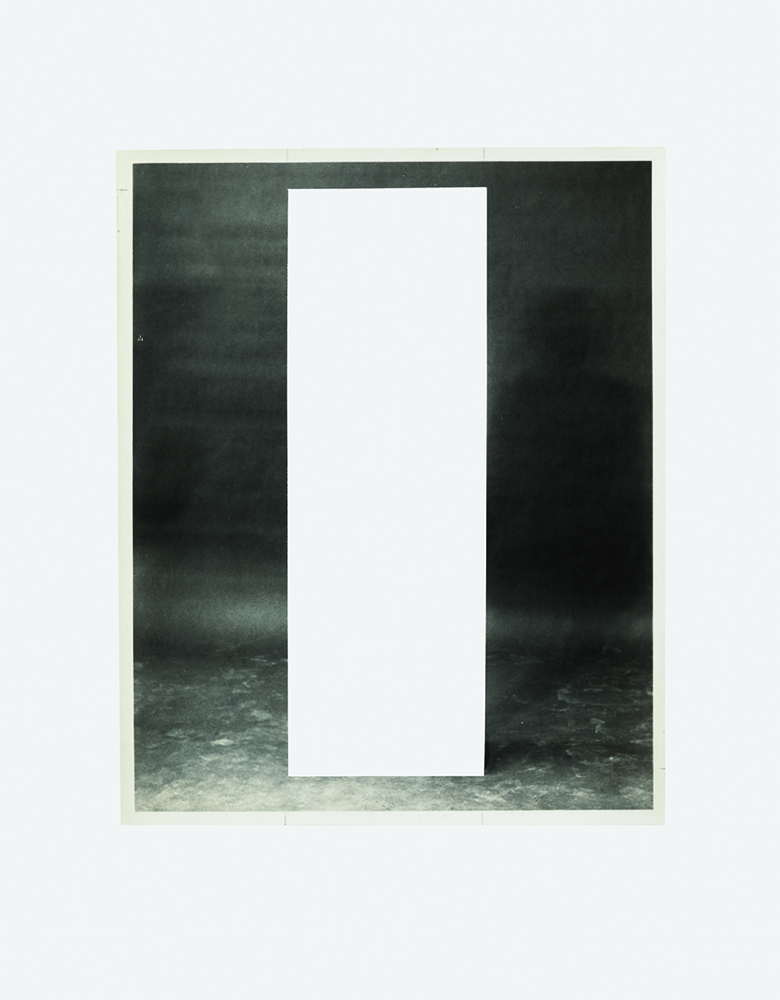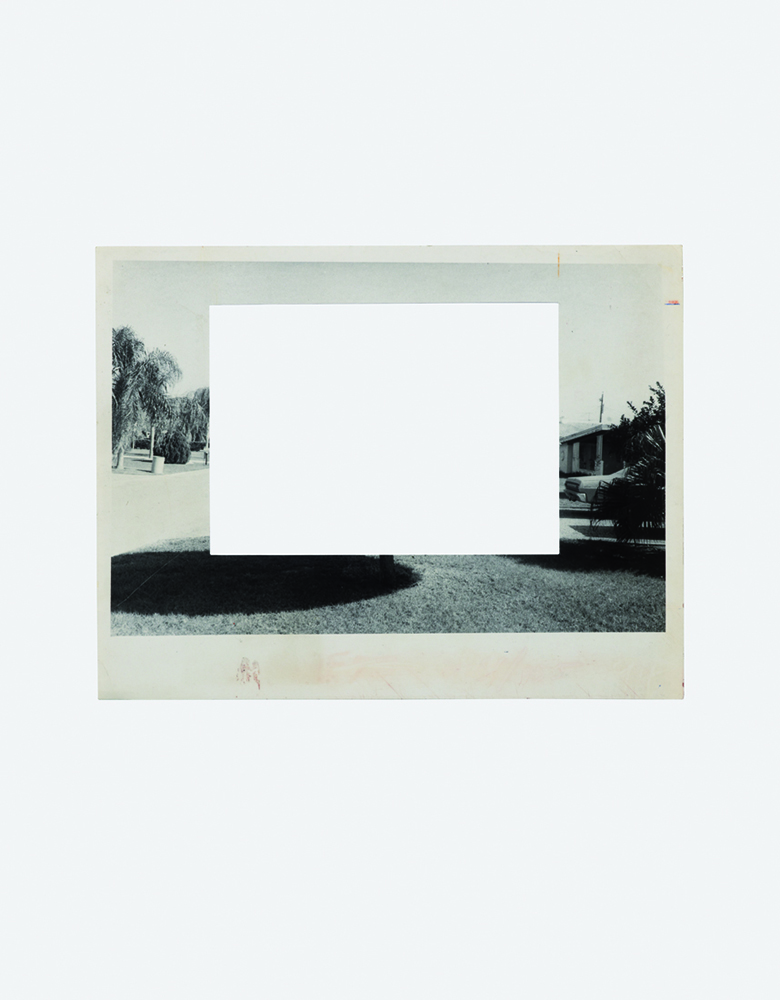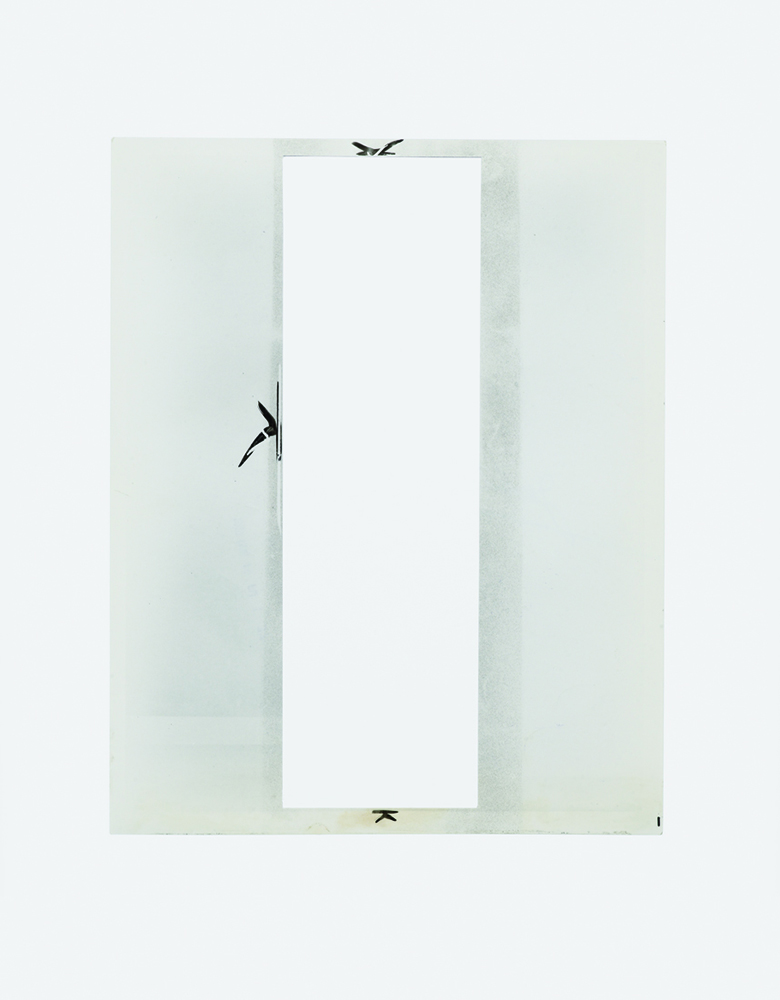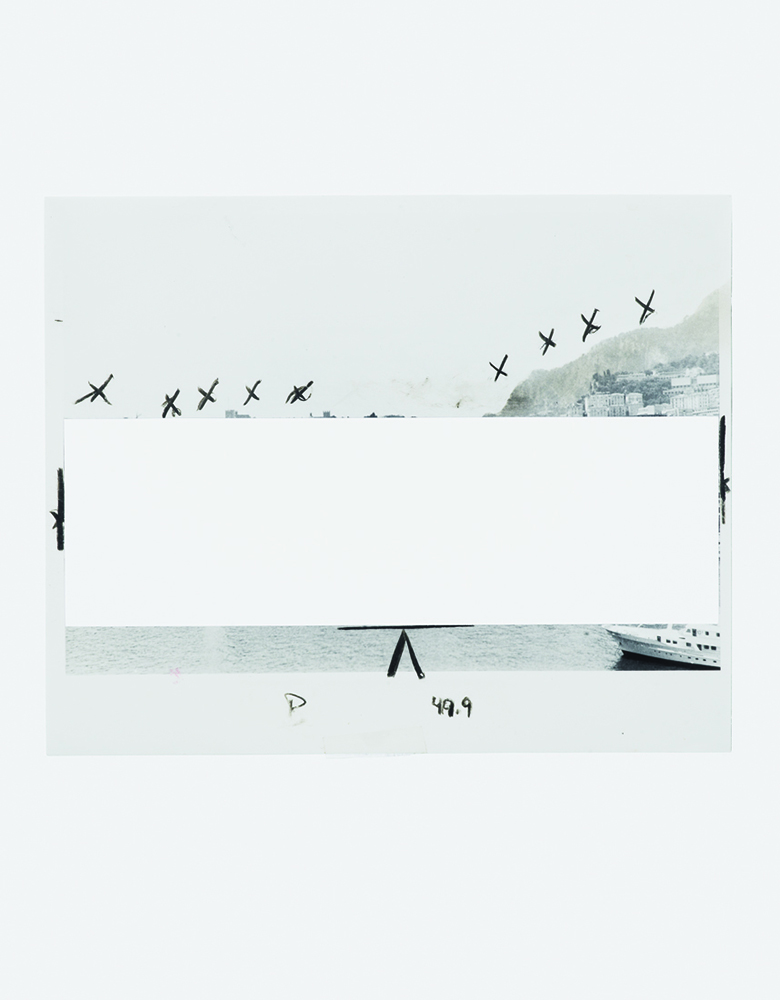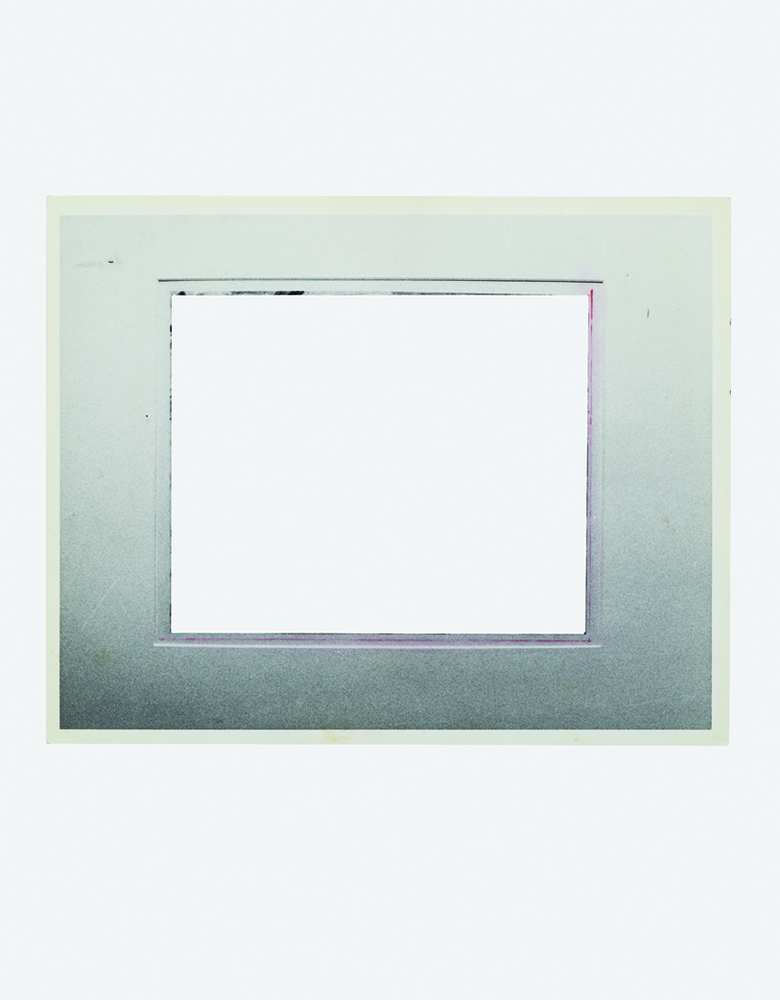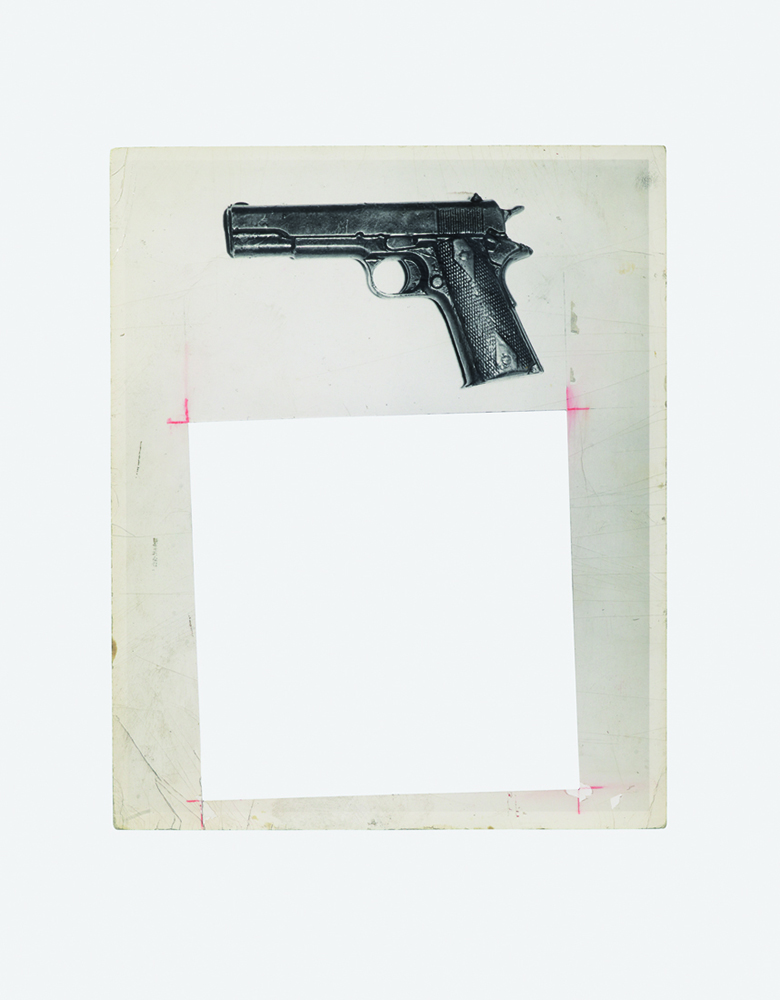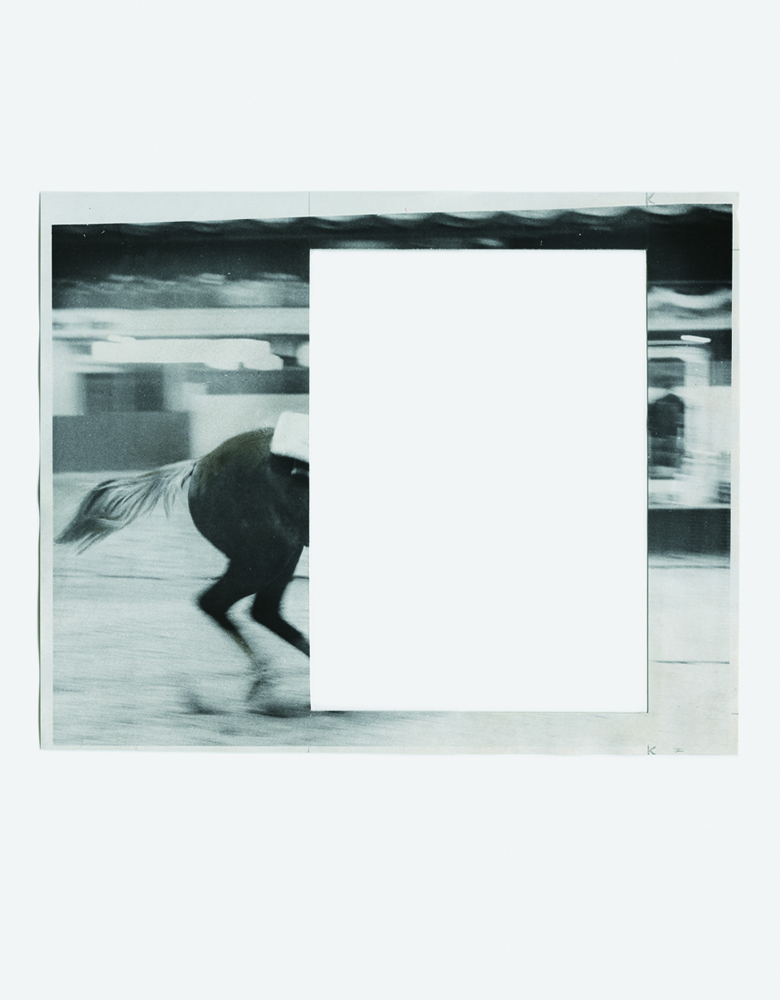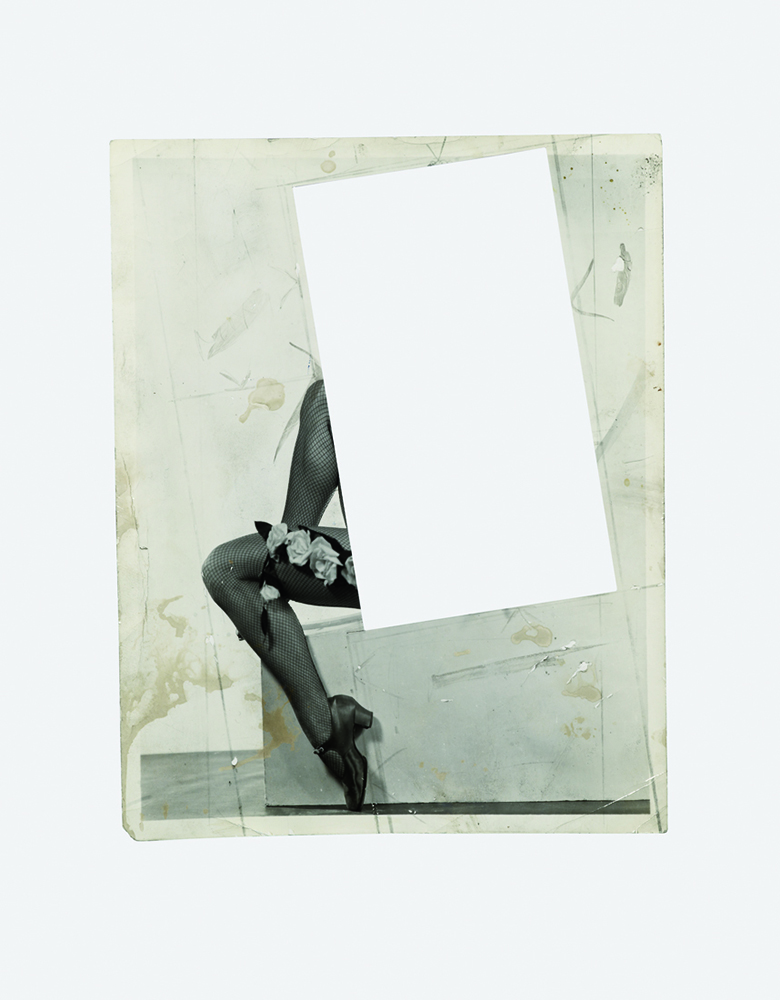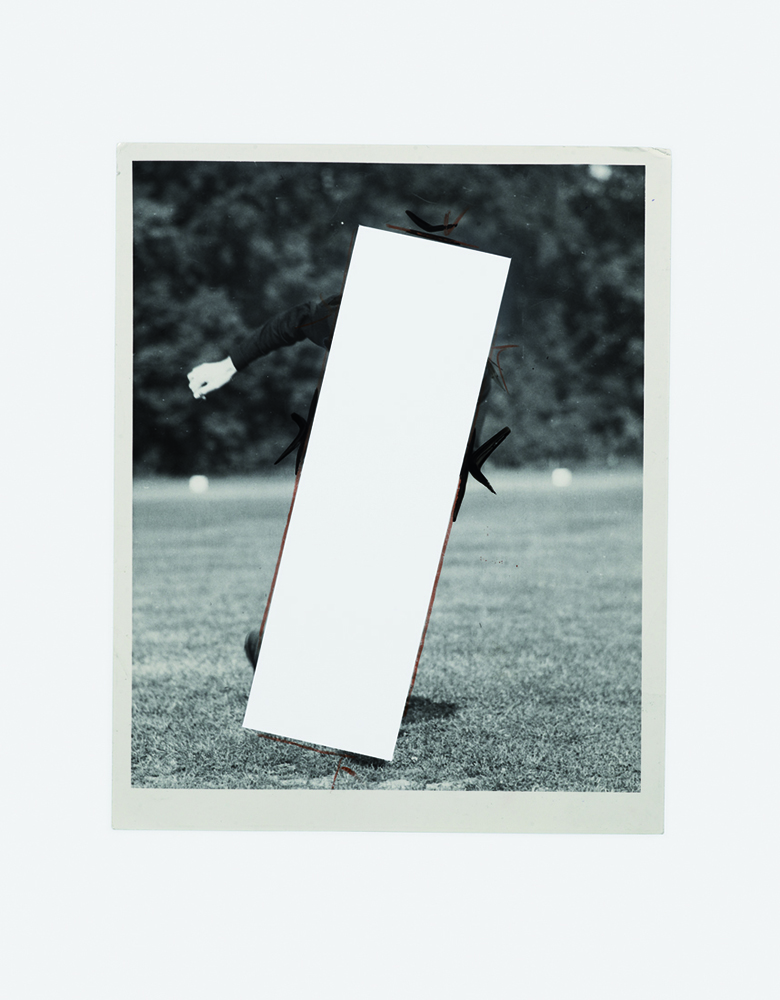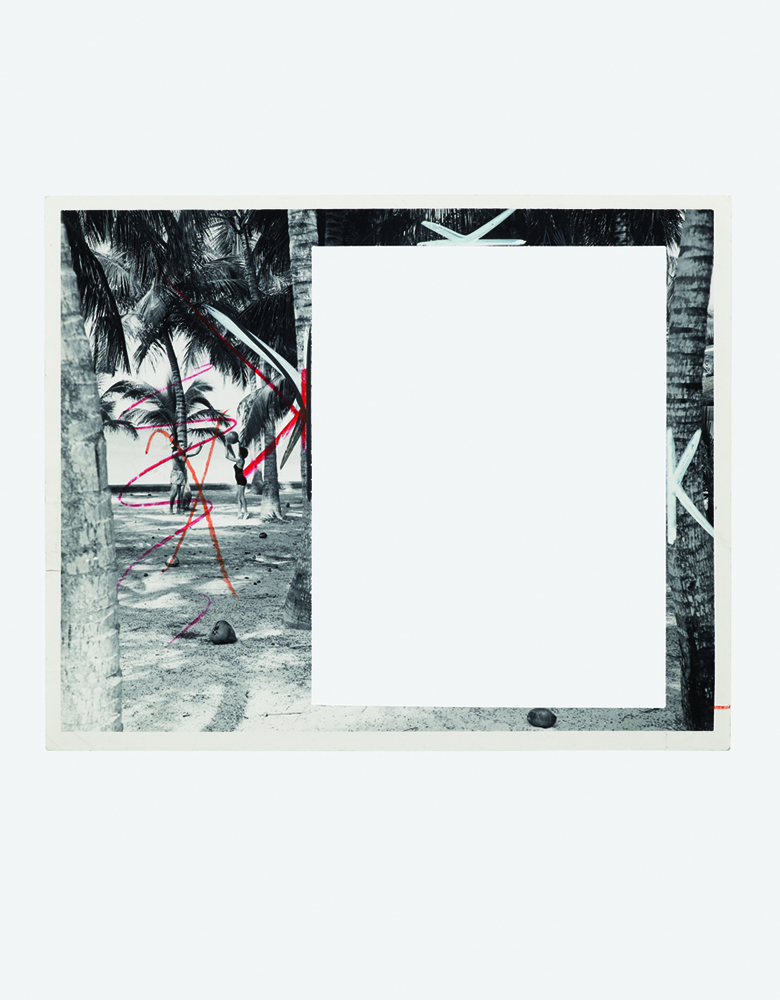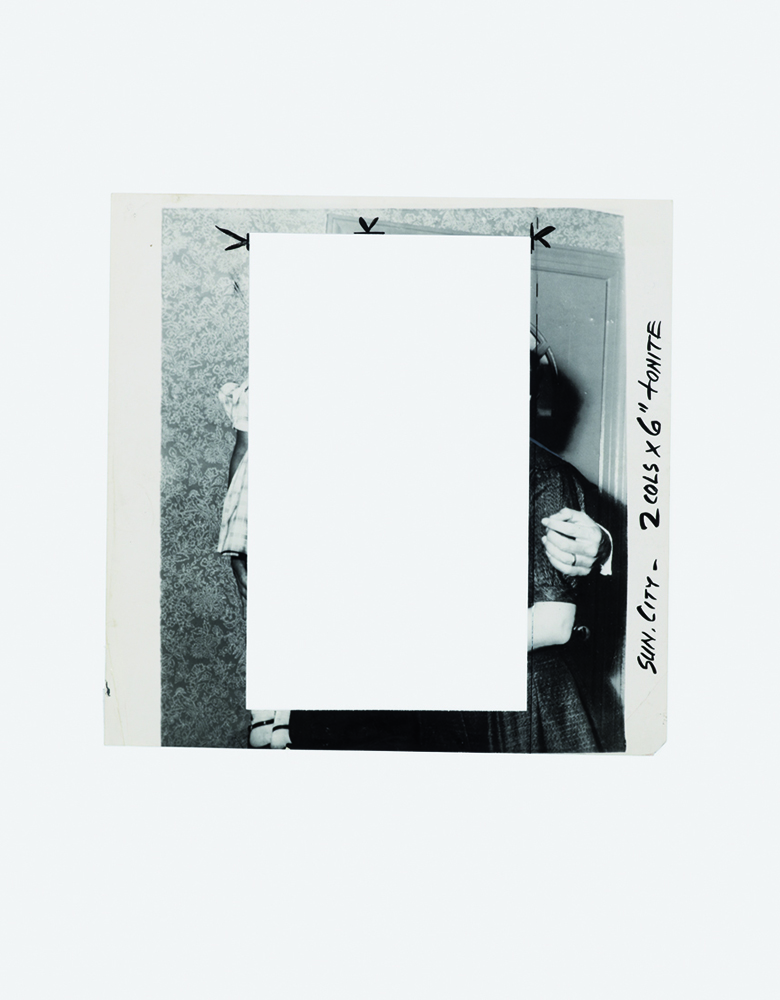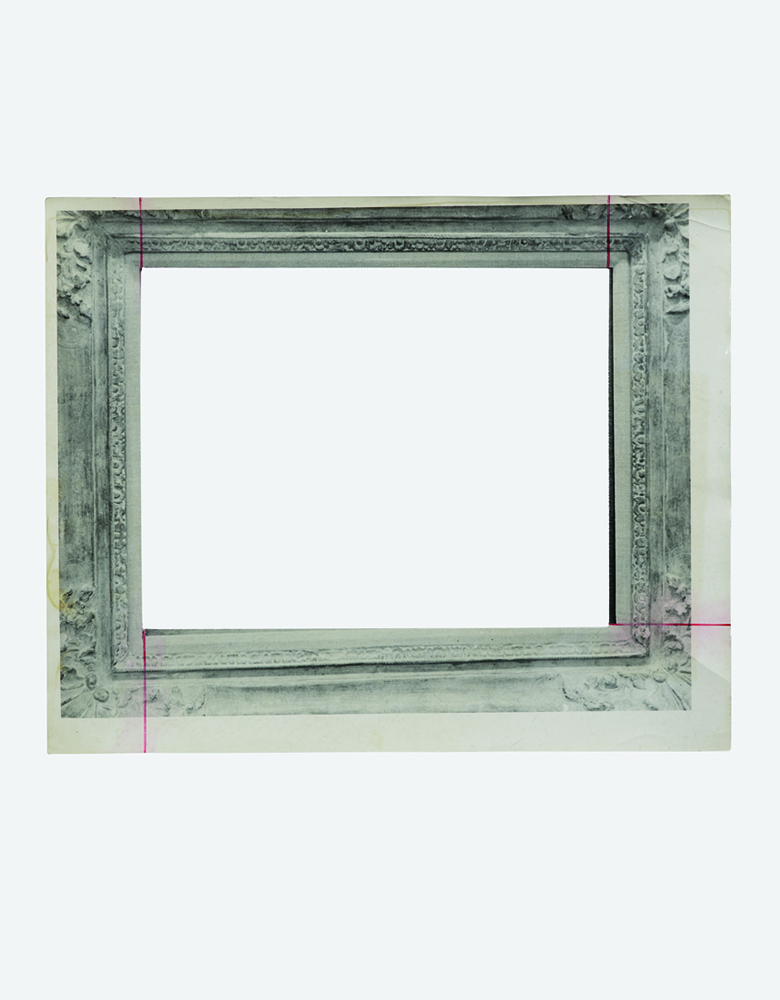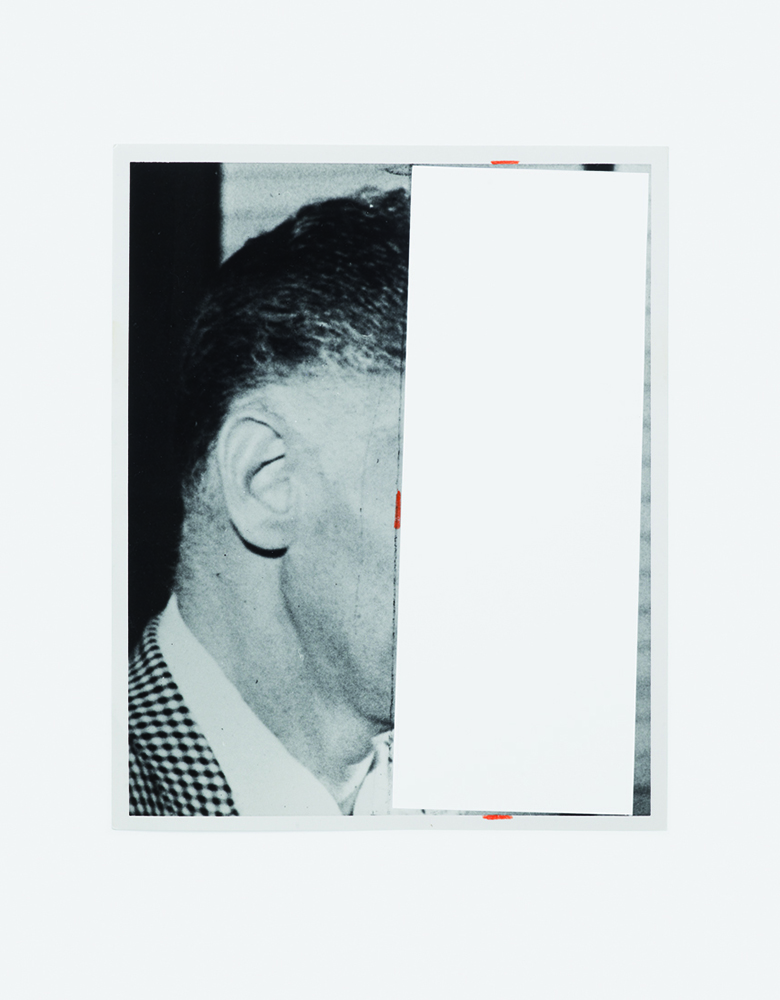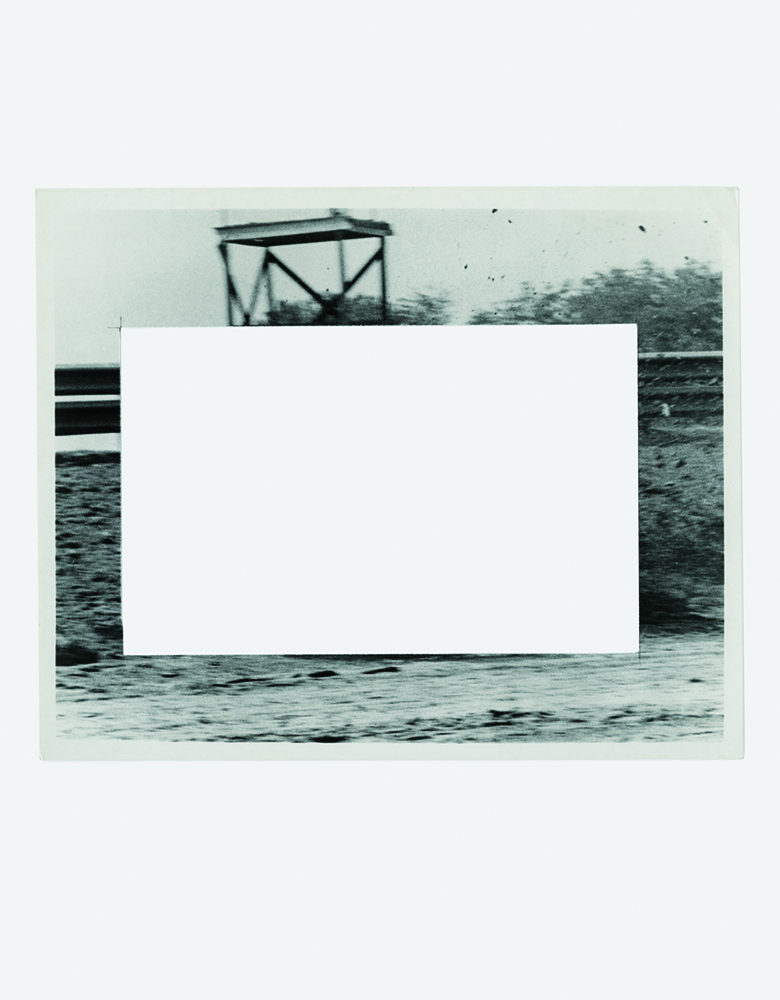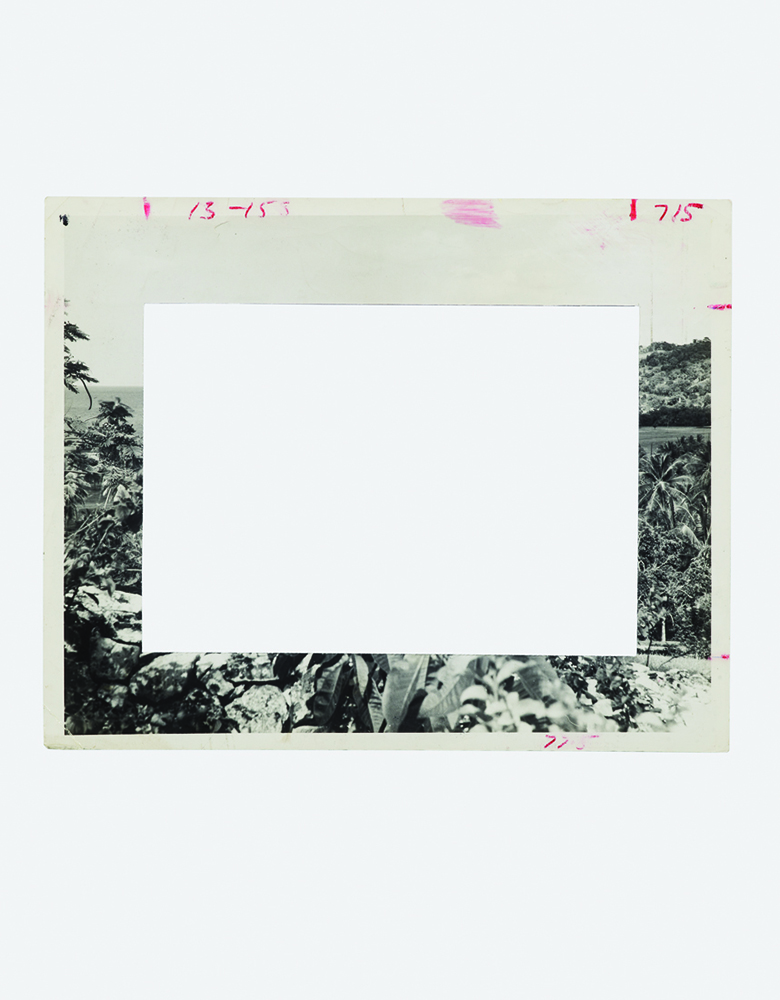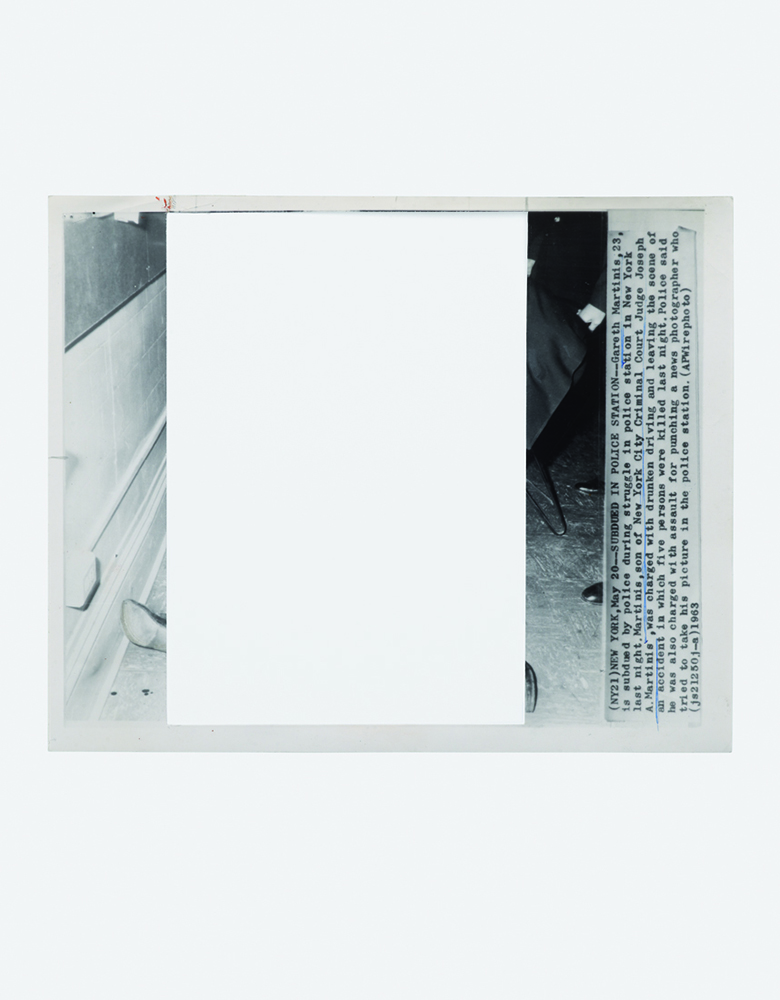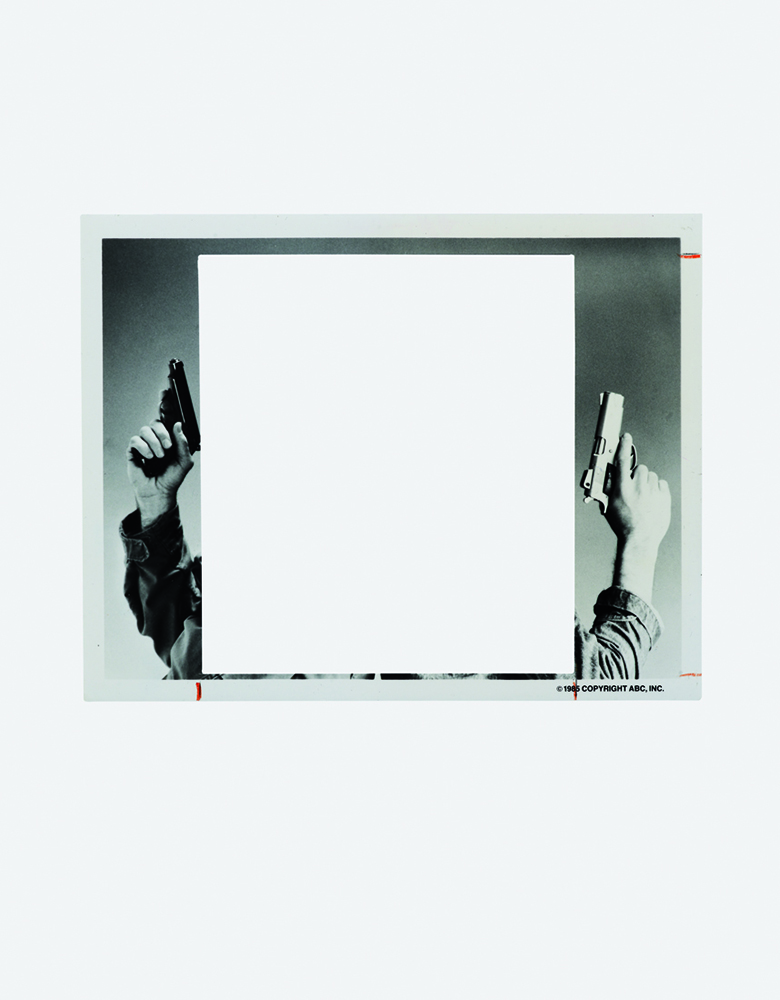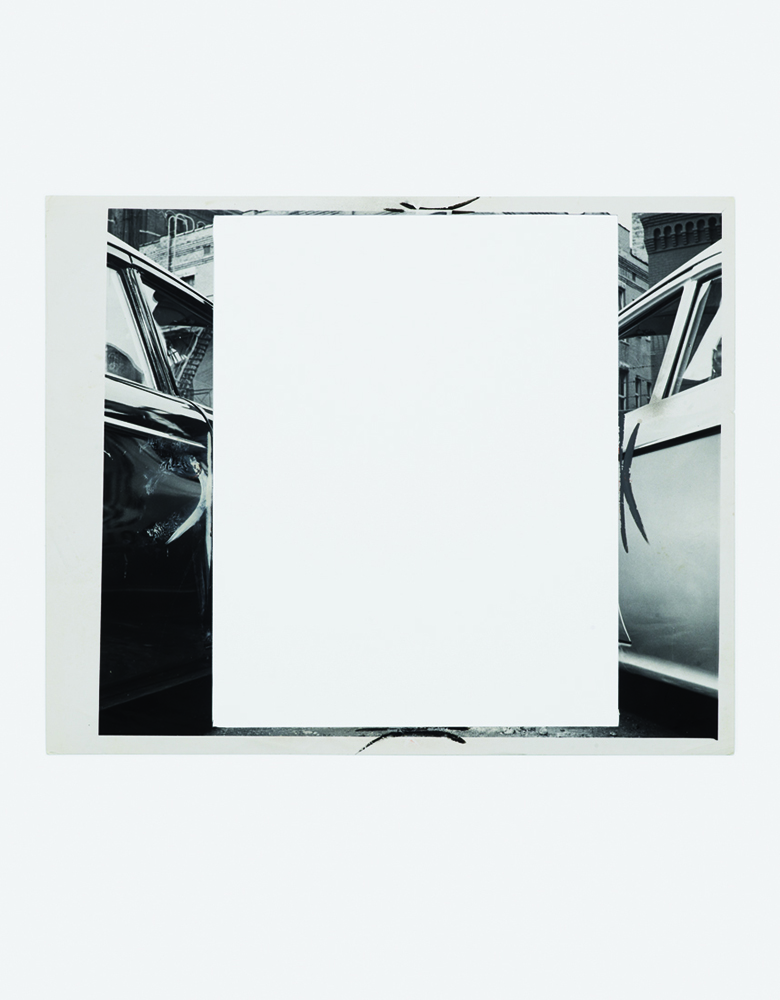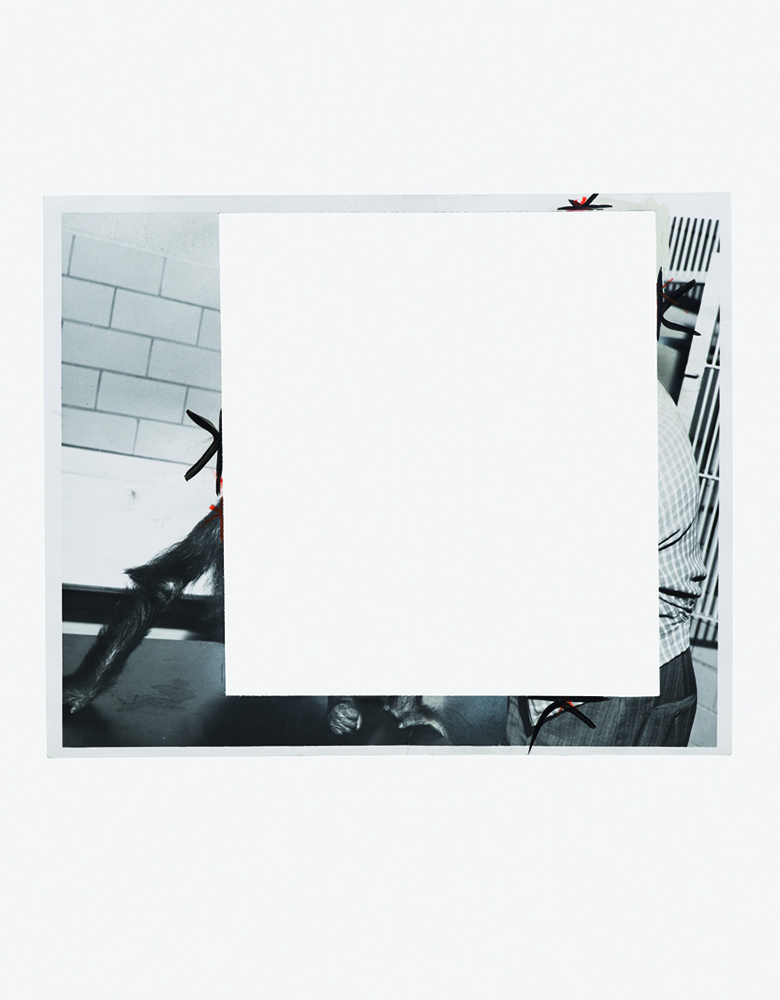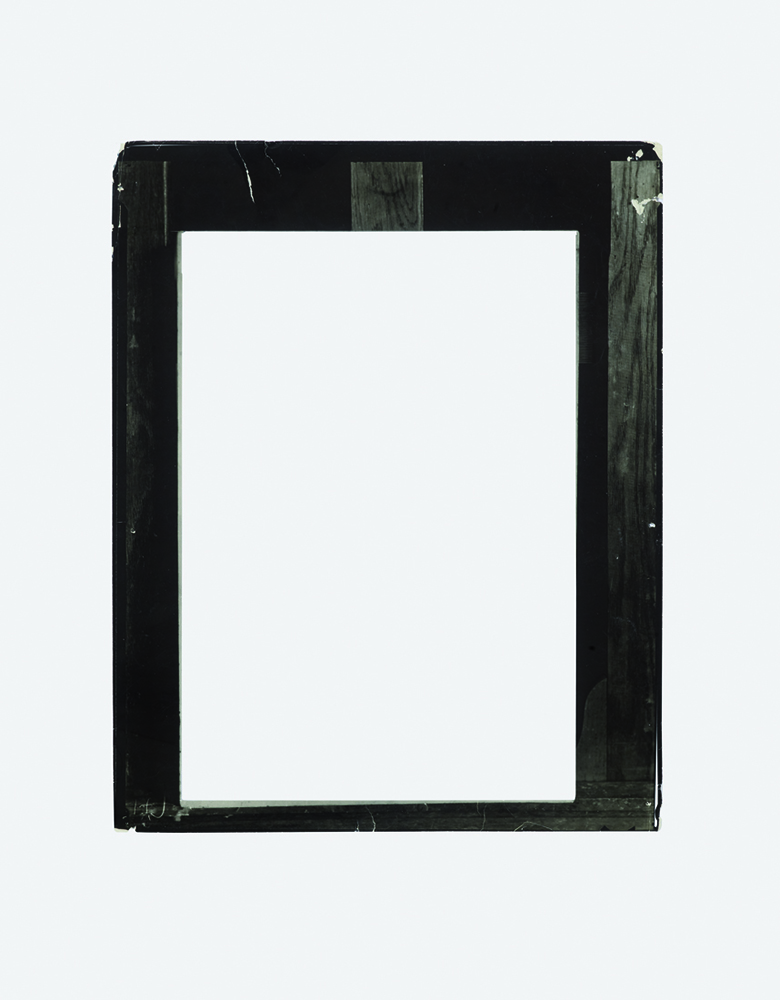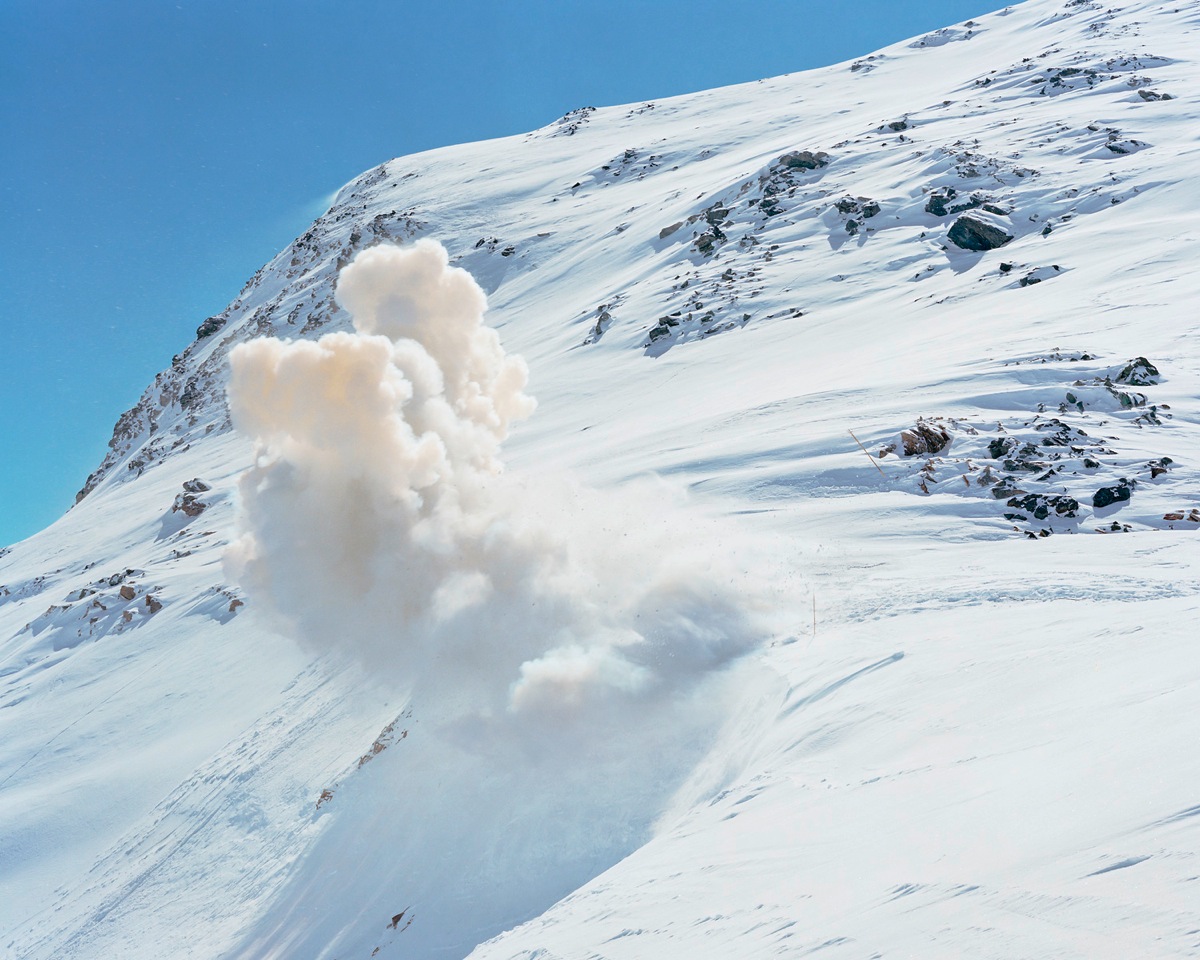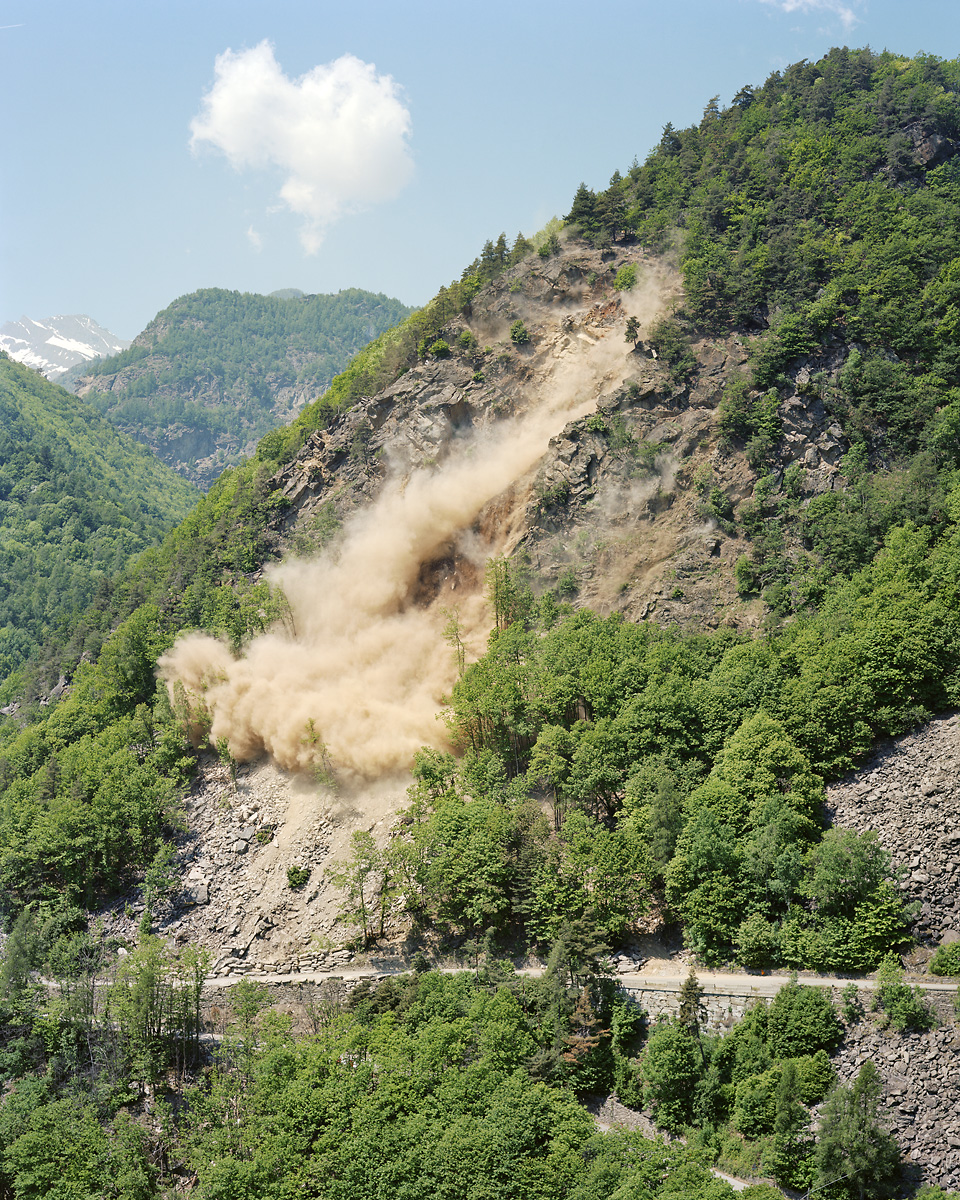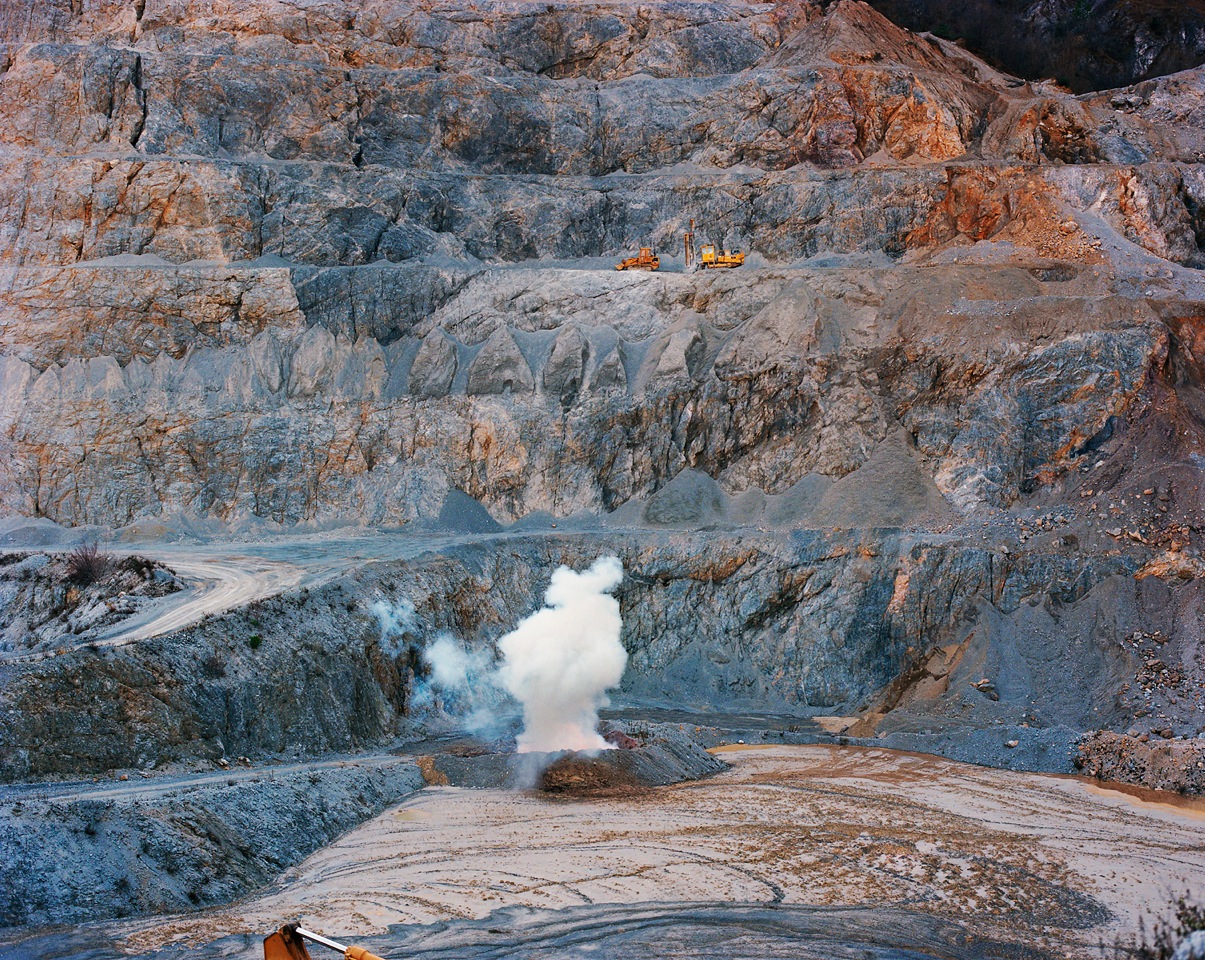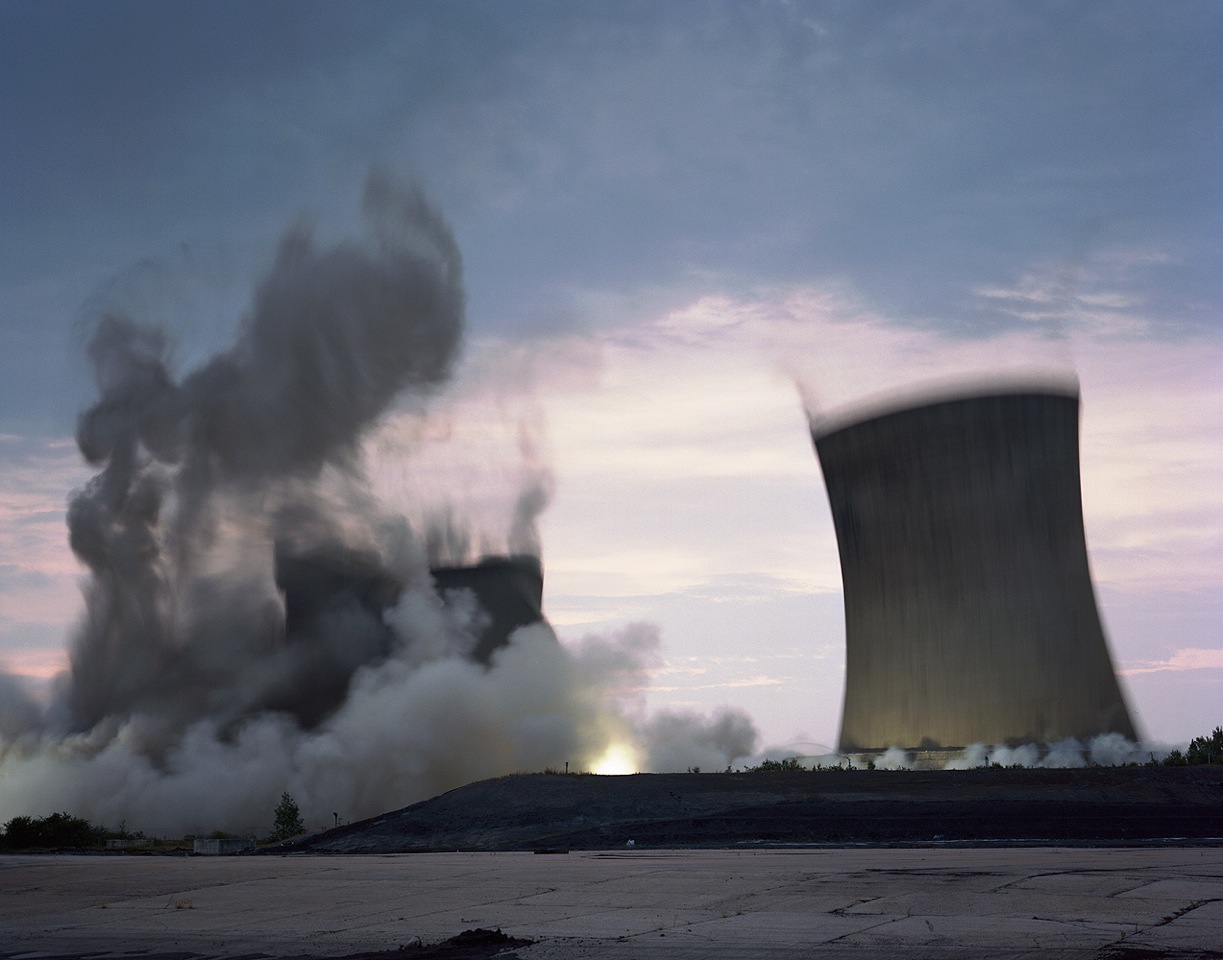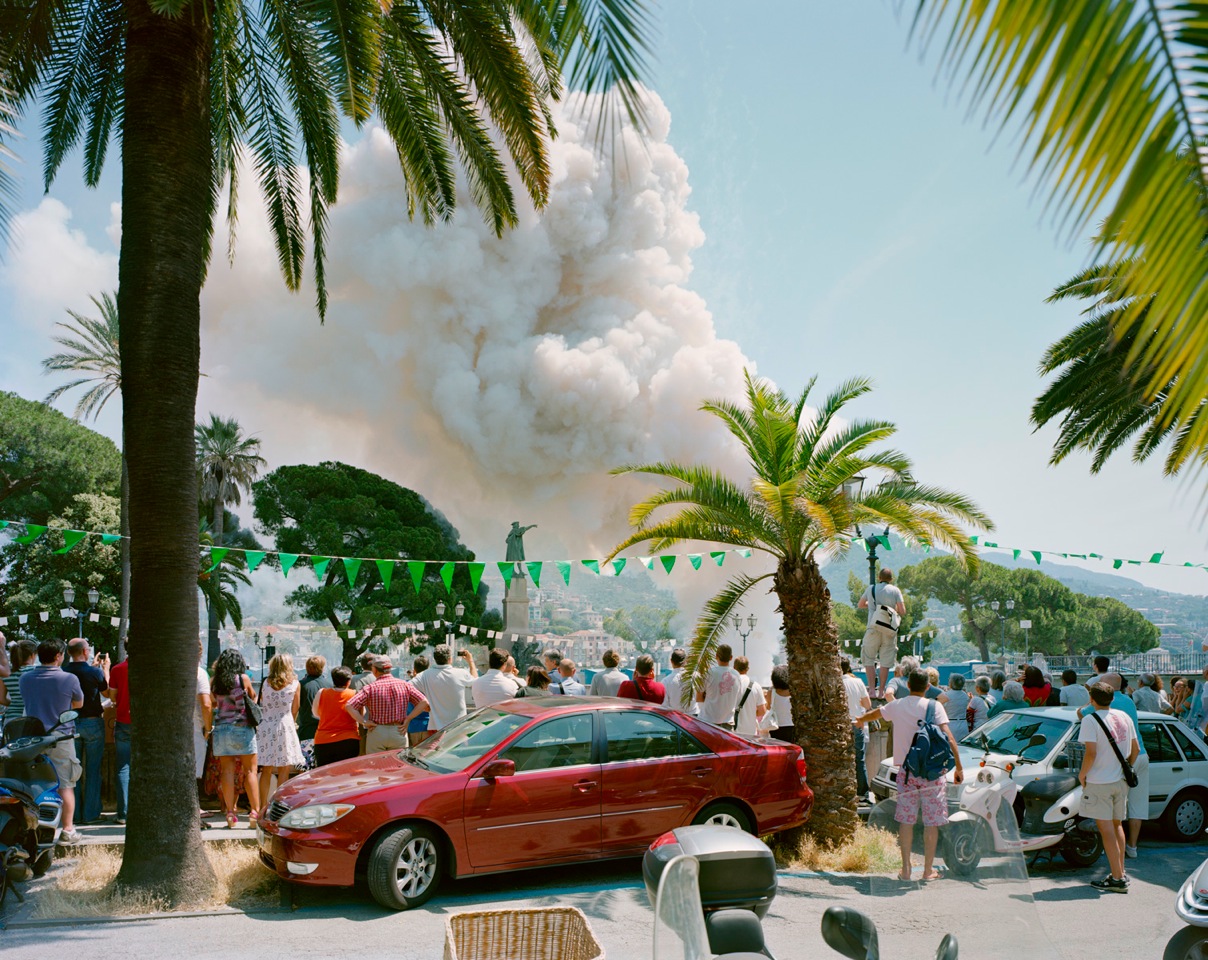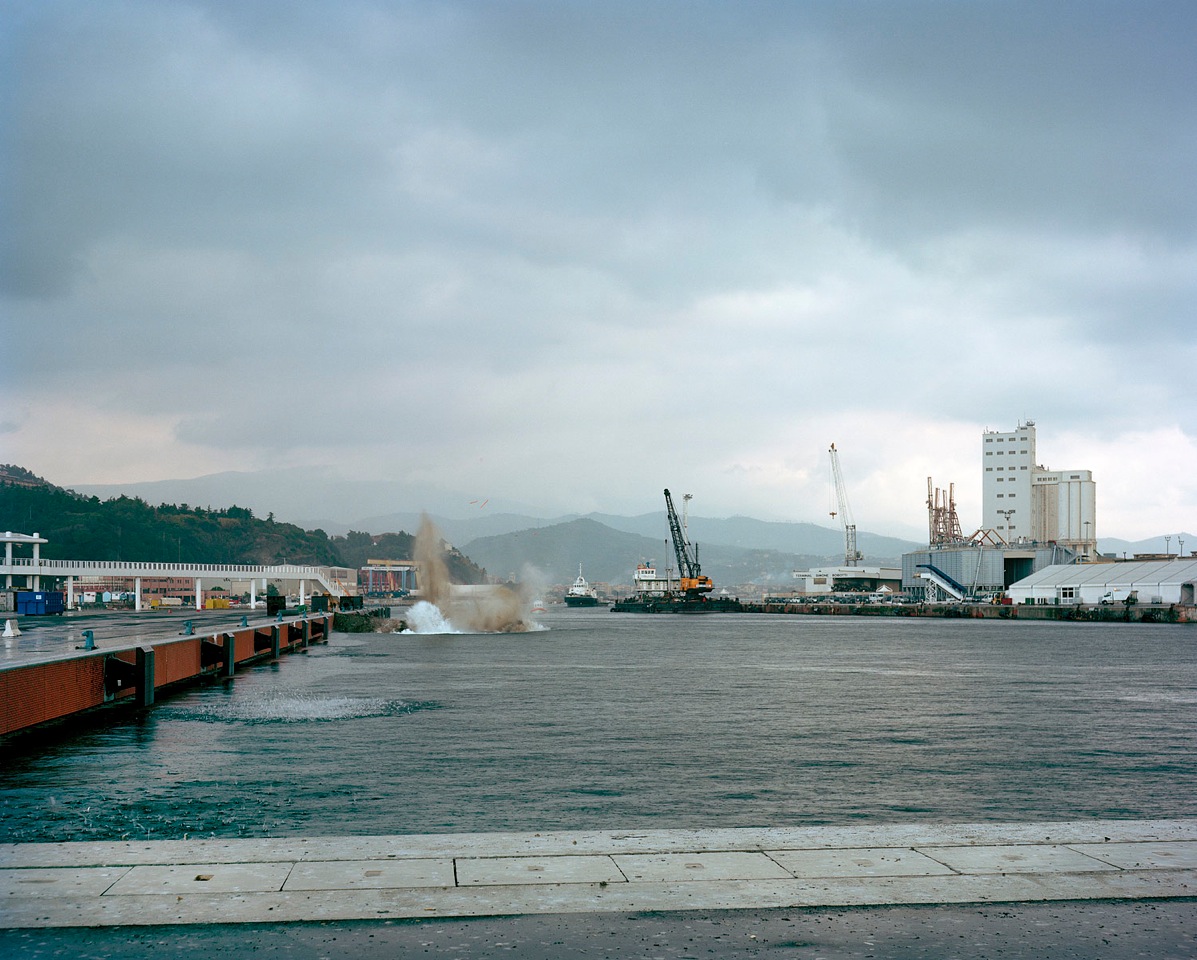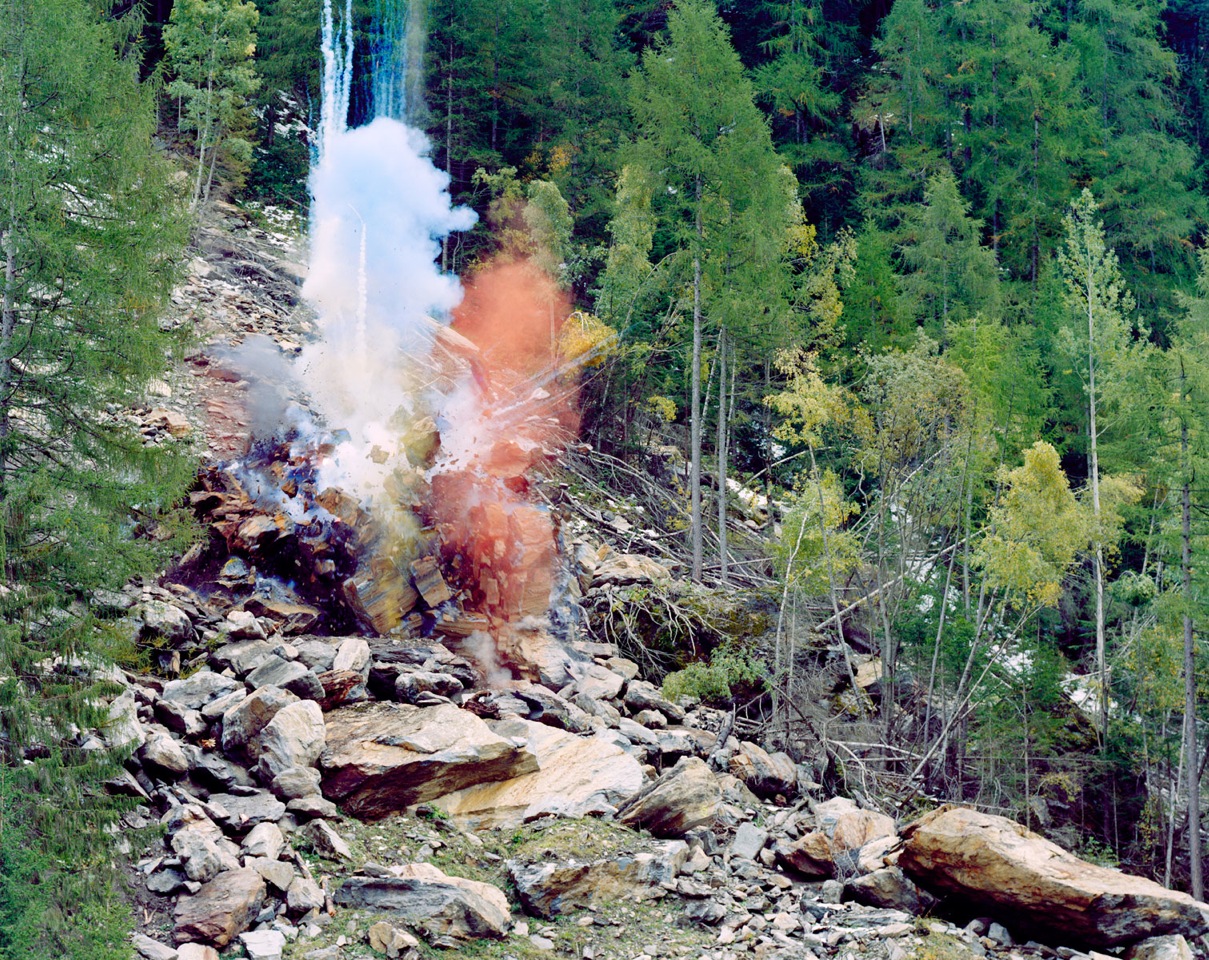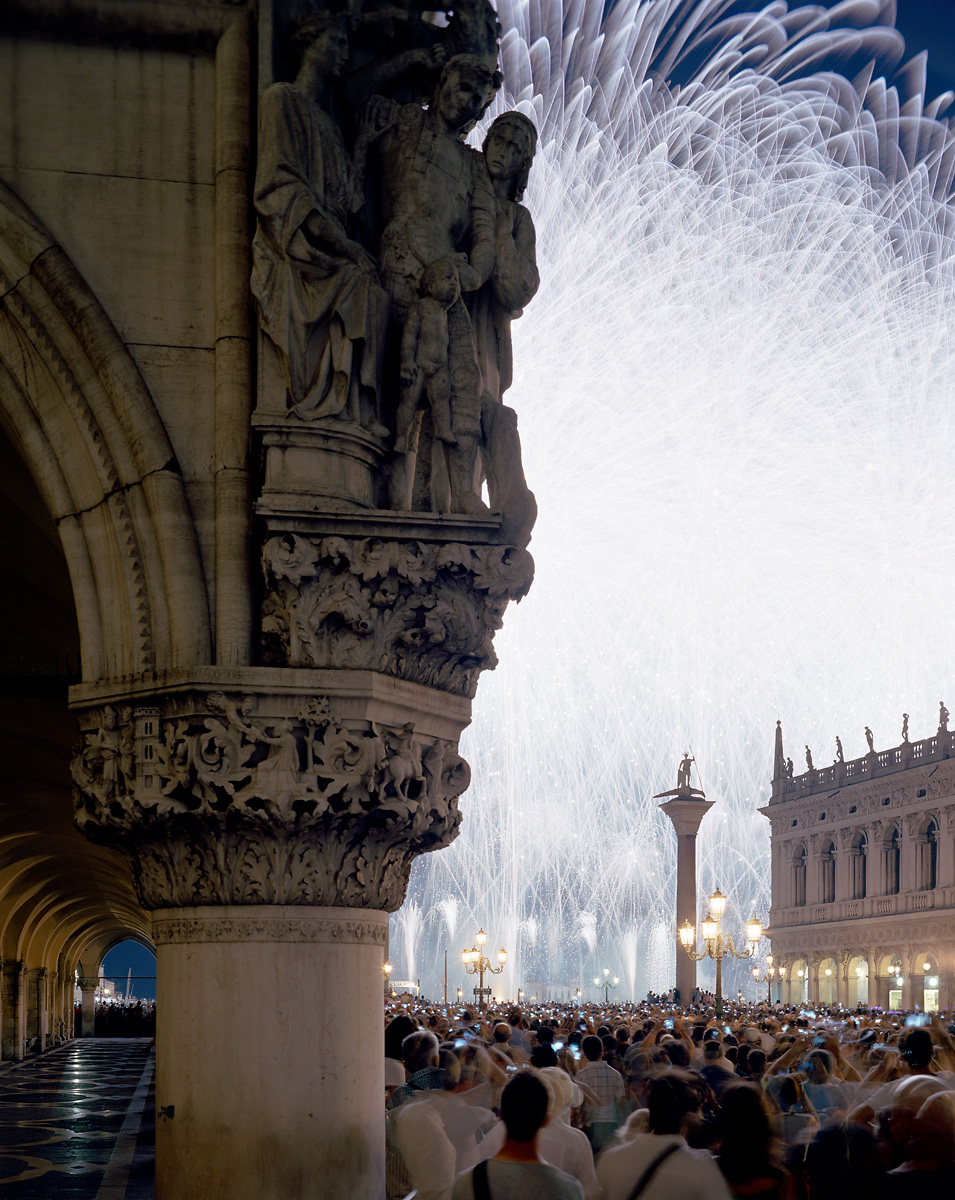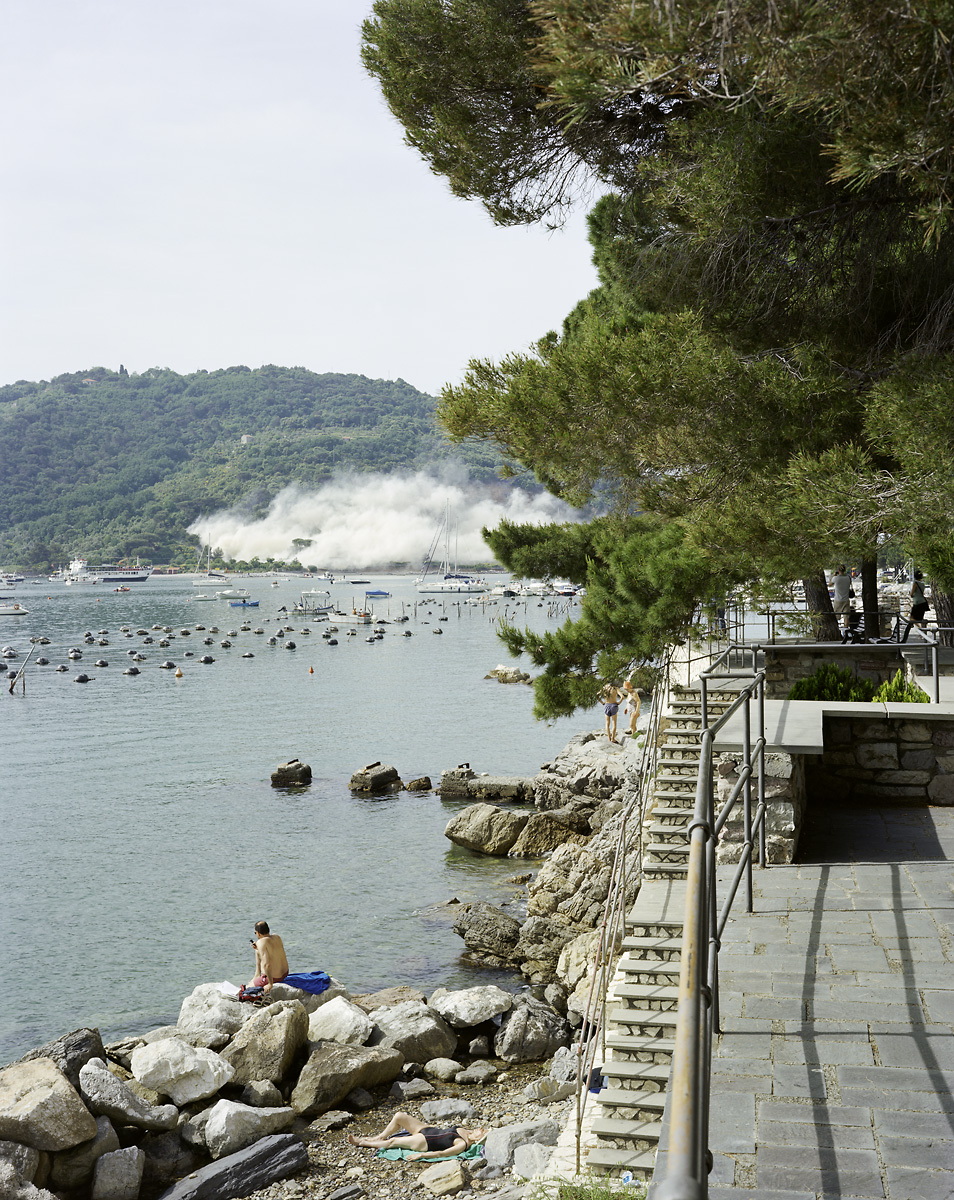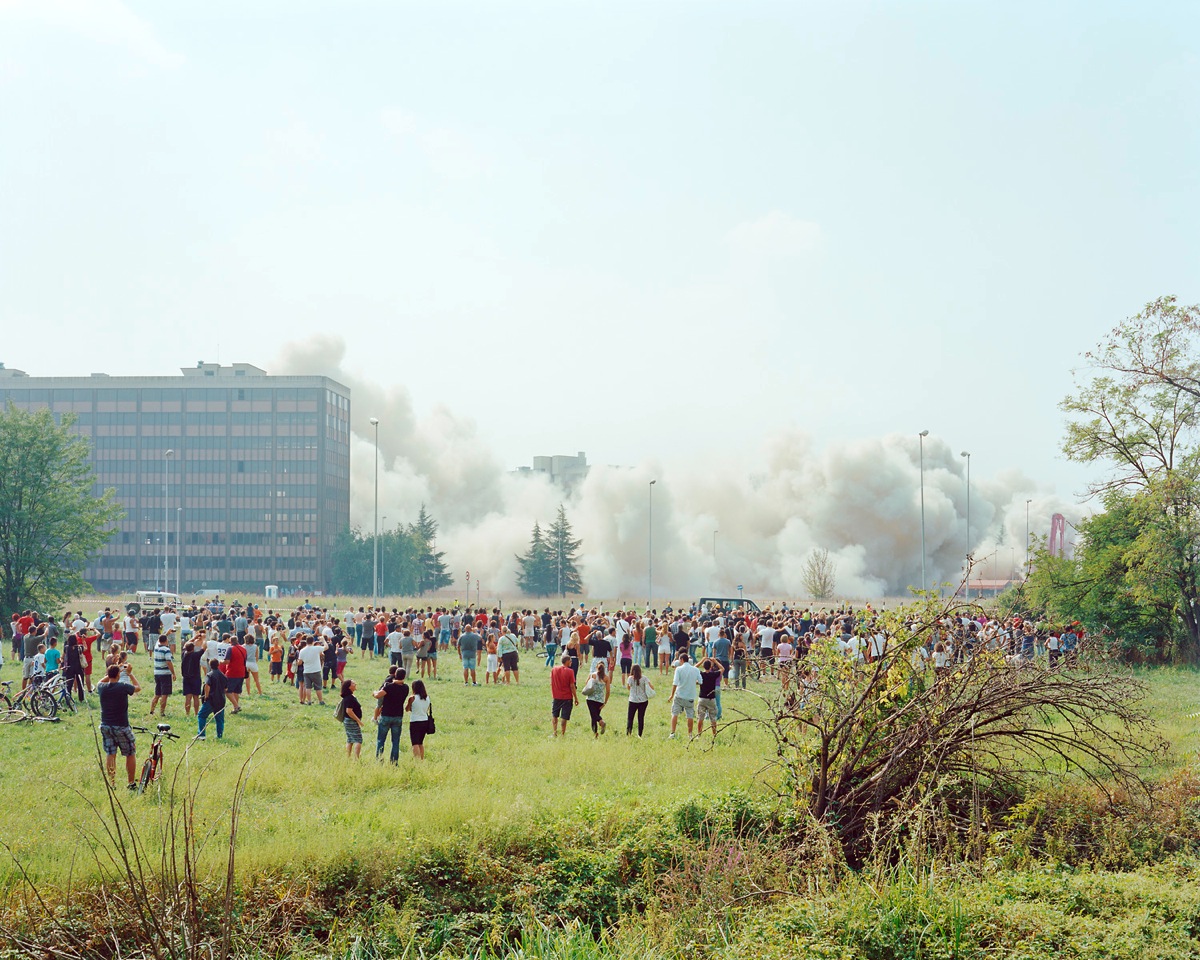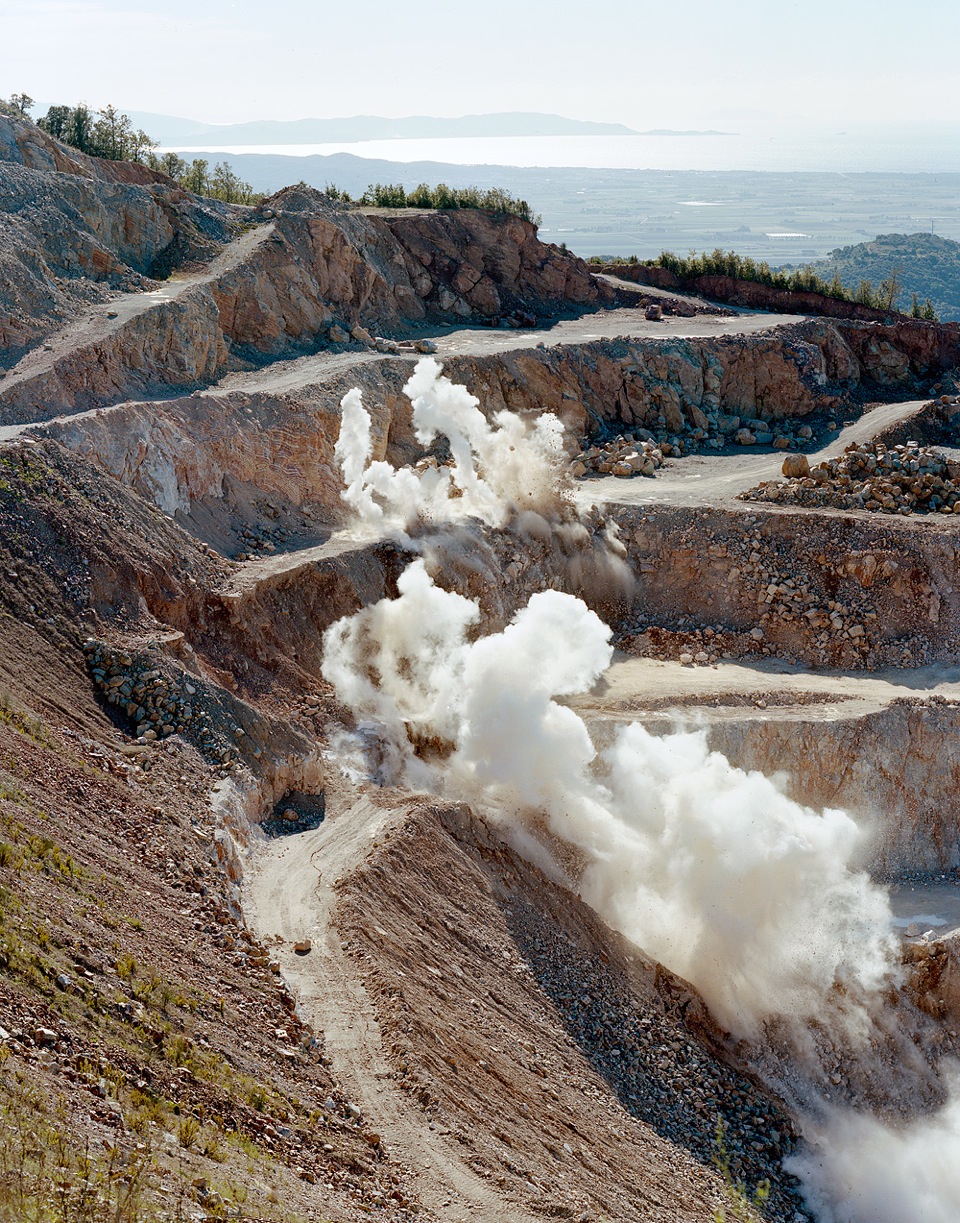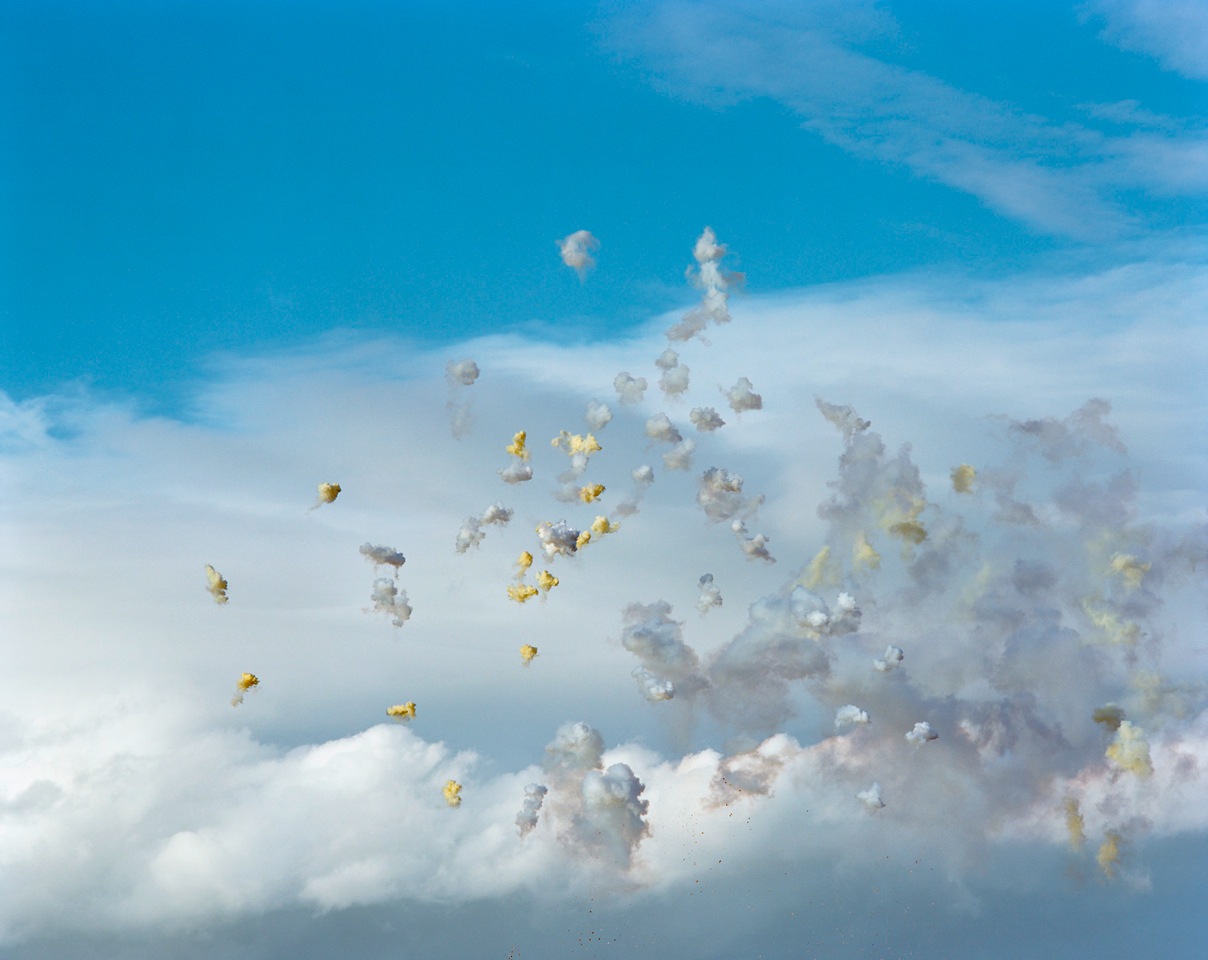Robin Hinsch
Artist Feature
Every week an artist is featured whose single image was published by Der Greif. The Feature shows the image in the original context of the series.
Tiago Casanova - Test to the mnemonic ability of photography
Jan 14, 2015
»Test to the mnemonic ability of photography« is an experimental project produced in order to explore the ability that photography has to make us remember and recall certain moments of our lives, but also to emphasize the fragility and ephemeral nature of the medium. I'm interested to explore the meanings of the photographic medium in its relation with Memory, through the documentary function of photography, especially at a moment where it seems that almost everyone have the access to a photographic camera and uses image capture to archive their personal moments. Émile Zola, the main ideologist of the literary realism, added a controversial thought on this issue when he said in 1901 that in his opinion: »We cannot declare that something has been true until it has been photographed«. In this project it is also necessary to understand the role and value of the body of images that in its physical state remain negative and in a state of hibernation of the visible. It's important to realize if the forgotten images on our personal archives, including damaged documents, are worthless in this documentary function of photography, and consequently, if they are of interest for the construction of our identity. This project explores the 3 possible ways that we can relate to our personal archives and consequently to our memory: We can Destroy an Archive/Memory; We can Find an Archive/Memory; and We can Build an Archive/Memory. - The first moment is made with a performative projection of video (Series #1, »To Destruct / To Lose / To Extinguish«) where an archive of seven super 8 video films from 1977, bought on a flea market, are projected and destroyed at the same time of the projection. The first time this memories and images are seen are also the last time, emphasizing the ephemeral natural of the medium and of our own memory. - The second moment is made with exhibition Prints (Series #2, »To Find / To Search / To Recover«) where the intent is to rediscover my own lost memories and film photography archives of damaged images, by using a specific event that occurred to me when after a trip in the Mediterranean Sea all my negatives turn out to be damaged due to a mechanical failure on the mirror. My immediate thought after this trip was to put on the side this useless negatives. I them realized some year later that our society so faithfully and blindly follows conventions regarding photography aesthetics, but if the documentary function of photography on a personal level is to makes us remember and recall real moments, then we never need the so called perfect image. Photography is always a specific selection of a frame and time and this series emphasize the idea that photography never contains full information about the portrayed subject, thus we only need small clues to transport us to a certain past moment where we can see and remember beyond the latent image, and for those that didn't live the real moment, the photographic image is always part of an imagination process. - The third moment is made with a Travel Diary and Polaroids (Series #3, »To Build / To Preserve / To Protect«) in order to build a conscious personal archive of my memories of the present - a handmade album, very similar to our family and travel albums. Rather than making a selection based on the quality of the images I decided that it would make more sense to make a selection based on the quality of the lived moments, which might some times, not even include an image.
Artist Blog
The blog of Der Greif is written entirely by the artists who have been invited to doing an Artist-Feature. Every week, we have a different author.
Published in:
»A Process – Ein Prozess«
XYZ Books
Jan 20, 2015 - Tiago Casanova
It has been a challenging week, so for my last post I would like to share something else: my growing love for photobooks. In the summer of 2013 I started a project with my dear friend and photographer Pedro Guimarães - the XYZ Bookshop in Lisbon, and later the photographer Valter Vinagre joined the team. (more…)
Quem matou Joaquim de Melo? / Who killed Joaquim de Melo?
Jan 19, 2015 - Tiago Casanova
My main fascination regarding Destruction is actually on analyzing and understanding other people's fascination towards this subject. People love murder movies, the decadence, explosions and abandoned places. They all make good stories, beautiful photographs and share a powerful nostalgic feeling. (more…)
Simon Rimaz – Unusual view of unknown subjects
Jan 18, 2015 - Tiago Casanova
I am really excited to share today some works of the swiss visual artist Simon Rimaz. I actually dare to say that he should be named an 'unvisual artist' or at least an 'unvisual visual artist', if you see the irony. There is something about his oeuvre that resembles Gordon Matta-Clarks 'Anarchitectures', applied to the photographic image. The interesting thing is that Simon takes Matta-Clark's influence on using the empty form as the main form, and applying it to the small scale of the printed matter. You see, Simon doesn't work primarily with content but rather with the lack of it, he works with the imagery of what is missing, thus playing deliberately with the viewer imagination. His destructive character clearly reflects this idea that destruction gives space to new ideas and concepts. Destruction is per se Construction. I seriously thought about posting several of his series, but I found that it would be a tremendous responsability to review in a small text all these series together. So I challenged Simon to share the series »Unusual view of unknown subjects«, and I will leave you with his own words about it. »This series is a body of work based on press photographs that have been collected in various newspaper archives in the United States. All images that are published in the press are regularly gathered in these archives where they are marked, numbered and indexed by date or key words. The prints are full of peripheral elements that explain their existence and legitimacy. From amongst all these marks, I have focused on the indications showing how the image was to be cropped for publication. These »stigmata« are proof of the use of the image and of its transformation. They take the shape of visual (sometimes textual) dialogues between the protagonists who have handled it. Parallel stories in themselves, these annotations are also indications of »that-which-has-been«, a notion that is so fundamental in the history of the photographic medium. These permanent tattoos on the surface of the print clearly show the arbitrary and reductive politics of the image at work in press offices: the determination to stick to the event, to the subject, and to preserve the reader from any “useless” elements. I use these marks as the foundation for my experiments by cutting out what the newspaper published, completely removing the image that was seen by the public. Through this process, I try to define the notion of what is beyond the field of vision and to question the idea of photography as depicting something special or spectacular. The print, with its center amputed, becomes a frame, an object emptied of the core through which the viewer engaged with the image. This heavily-mutilated object nevertheless seems to live by itself and cannot be ignored. Displayed, dismembered, it indicates the blind spot of a story which has already been told and forgotten. Exhibited but not unveiled, the photograph only shows the scars on its skin. Turned inside out, the image becomes the echo of a tumult that is now obscure, the incomplete words of an incomprehensible sentence.« Check more about him here
Test to the mnemonic ability of photography – Series #1 “To Destruct / To Lose / To Extinguish”
Jan 17, 2015 - Tiago Casanova
Today I am sharing with you another video, this time one of my own. The project 'Test to the mnemonic ability of Photography', that is featured at Der Greif, only shows the photographs, polaroids and video stills, so I am sharing a brief excerpt from the video of Series #1 'To Destruct / To Lose / To Extinguish'. As briefly explained on the project description, this is a performative projection of an archive of seven super 8 mm video films that I bought on a Flea Market in Barcelona. The only information that I have about this archive is that it dates back from 1977, from a summer vacation of a family in the city of Javea in Spain. Due to a mechanical failure on my grandfather's projector these films are projected very slowly which causes the destruction with the heat. The first time I saw this "already lost" memories, was also the last time, emphasizing the ephemeral nature of the medium and memory itself. In total, this seven reels take more than 30 hours to project, which makes it impossible for viewers to see it all, rather, only fragments of these memories. You can take a look to the complete project and descriptive memory on the top of this page. If you are interested you can also read the text written by curator João Laia: here
Hollis Frampton – Nostalgia
Jan 16, 2015 - Tiago Casanova
frame src="https://www.youtube.com/embed/voMDL1TgTh4?rel=0" width="1000" height="750" frameborder="0" allowfullscreen="allowfullscreen"> The fascination towards Destruction dates late back in time, and as history tells us, almost never for a good reason. To old Civilizations destruction would many times symbolize victory, power and sovereignty. But it was only on the Romantic Era, during the late 18th century and first half of the 19th century, that this subject played a substantial role on an artistic and intellectual movement. Not literally destruction as the act of destroying, but the role of nostalgia as a metaphor for the degradation potentiated by time and evolution. This Romantic movement rised against the Industrial Revolution and tried to link their routes back to nature and ancient customs, valorizing regional and national history and heritage. An interesting example was Ruinenberg in the city of Potsdam, Germany, where a complex of ruins was built from the scratch, including a new greek style temple falsely destroyed. (more…)
Andrea Botto – KA-BOOM
Jan 15, 2015 - Tiago Casanova
Hey guys! I am really glad to have the opportunity to be guest blogging for you all this week! To explain what will be happening these days I must start by telling you a bit about me. I am an architect, passionate about the act of building and creating, but I am also fascinated with the act of destruction. Despite it might seem contradictory, the reality is that one process cannot exist without the other. Physically, mentally or ideologically, by building you will be destroying, and by destroying you will be creating. Walter Benjamin said in his text The destructive character that »destroying rejuvenate«, and it creates emptiness and space where new ideas, concepts and forms can rise. By destroying you will also be changing the course and relationship with the subject, where there will always be a before and an after. My contribution to this blog will be all around multiple interpretations of the Act (And Art) of Destruction. To start I challenged Andrea Botto, a brilliant italian photographer, to share one of his series – KA-BOOM, a project still in progress since 2008. The theme of the »Explosion« is here presented as both a study about the relation between the crowds towards the explosion phenomenon, with both senses of fascination and indifference, but also as a metaphor to the idea of transformation. Botto photographs with a 4x5 inch camera, and although I usually don't care much about technique, in this case it is a crucial factor as only one photograph is taken in each event. What we see on the photographs are the moments just after these controlled blasts, but this moment of transformation emphasizes the nostalgia towards the a priori reality, and the imagination towards the posteriori conception. The explosion is the element that represents destruction, and destruction feeds the faith for change. It is not by chance that Andrea Botto also portrays the crowds that gather on the safety areas to watch the blast as the reactions appear to be highly varied, as Botto says »a metaphor of the destruction of the contemporary world, in front of whom we seem to be only spectator, sometimes indifferent. A sublime spectacle that attracts and repels at the same time; painful, but maybe necessary to rebuild and renew«. Check some more of his works at his website at www.andreabotto.it


